Vein-Cut vs. Cross-Cut Travertine: Which Look Fits Your Space?

Travertine is everywhere these days, but picking the right style can feel confusing. Over the weekend, I stood in a warehouse in Turkey, staring at slabs of stone, trying to decide: vein-cut or cross-cut? If you’ve wondered the same, this guide is for you.
Key Takeaways
- Vein-cut Travertine features dramatic, linear patterns straight from nature’s hand.
- Cross-cut Travertine has a softer, clouded look with more variation in color.
- Both options are available in beige, yellow, noce, and other popular shades.
- Your choice impacts the mood, style, and unity of your floors or walls.
What Is Vein-Cut Travertine?
Vein-cut Travertine is stone sliced parallel to how it forms naturally—imagine cutting along the grain of wood. You see beautiful, straight veins running across the entire surface. You’ll notice lines in varying tones—light beige, dark beige—giving contrast and character. This style is ideal if you want a regular, predictable look in your space, maybe in a sleek hotel lobby or a grand entrance hall.
Typical Features
- Parallel Veins: Always running the same direction, adding order.
- Bold Color Contrasts: Easily sees layers and differences in shade.
- Classic Appeal: Feels upscale, structured, and traditional.
Case Study: Modern Kitchen Remodel
Sarah and Tom wanted an open-plan kitchen that wowed. They chose beige vein-cut Travertine for the floor. The result? Stunning lines flowing from the entrance through to the breakfast nook. It added space, sophistication, and, honestly, made their place look huge.
What Is Cross-Cut Travertine?
Cross-cut Travertine gets its look by being sliced perpendicular to those natural layers. The outcome: a surface with a more clouded, blended pattern. There aren’t any straight veins. Instead, you see swirl-like shapes, with the same play of light and dark beiges, but in softer, less defined pools. This style fits best if you want a relaxed, organic effect—think of a spa bathroom or a luxury pool surround.
Typical Features
- Cloud-Like Areas: Irregular, random, and much softer.
- Subtle Contrast: More gentle blending of colors.
- Natural Simplicity: Evokes calm and a bit of playfulness.
Case Study: Boutique Hotel Lobby
A Colorado boutique hotel picked cross-cut Travertine tiles for their lobby. The result was cozy, with a gentle flow that managed to look both high-end and inviting. Guests said they felt at ease the second they walked in.
Vein-Cut vs. Cross-Cut: Quick Comparison Table
| Feature | Vein-Cut Travertine | Cross-Cut Travertine |
|---|---|---|
| Look | Parallel, linear veins | Clouded, irregular |
| Mood | Formal, elegant | Relaxed, natural |
| Color Contrast | Sharp, layered | Soft, blended |
| Predictability | Very high | More variety |
| Best For | Grand spaces, order | Casual spaces, softness |
| Tile Directionality | Must match direction | Flexible |
Which One Should You Buy?
If you like order, precision, and want the eye to follow strong lines—go with vein-cut Travertine. It delivers dramatic impact and just feels classic. Perfect for anyone wanting floors that look like a luxury resort.
If you prefer a laid-back, soft vibe where ‘imperfection’ adds character—choose cross-cut Travertine. It’s forgiving, blends with more decor types, and brings the outside in.
Ready to transform your home? Buy marble tiles online in the USA and pick the pattern that suits you best. Suppliers offer both vein-cut and cross-cut in a range of shades so you can match any palette.
Final Thoughts
Travertine doesn’t need to be mysterious. Both vein-cut and cross-cut give you a strong stone floor or wall, but each changes the entire feel of a room. Want nature’s art on display? Lean vein-cut. Want things easygoing, softer? Cross-cut it is.
Find a supplier, compare samples, and trust what feels right for your next project. Your space (and your feet) will thank you.

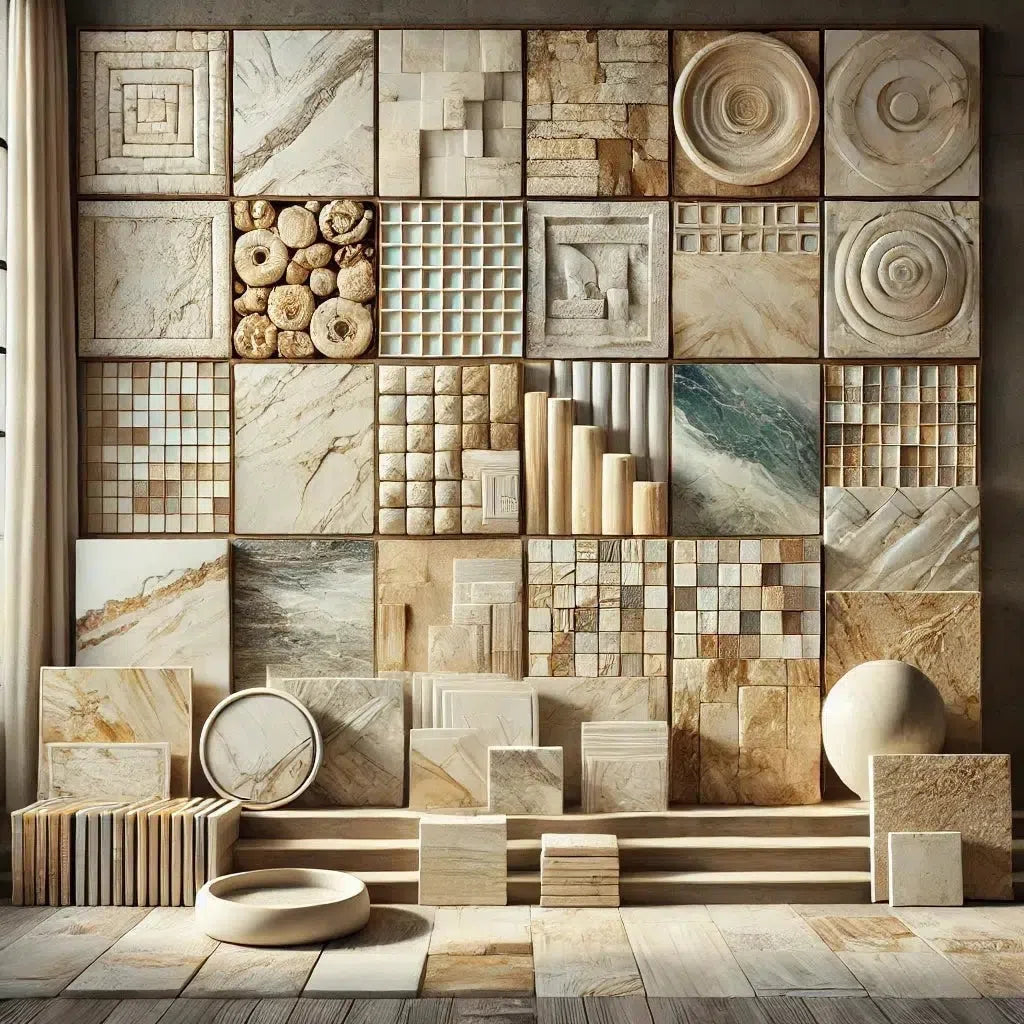 Best Selling Marble Collections
Best Selling Marble Collections
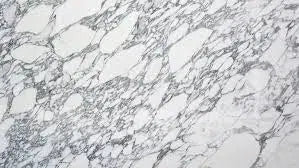 Arabescato Corchia
Arabescato Corchia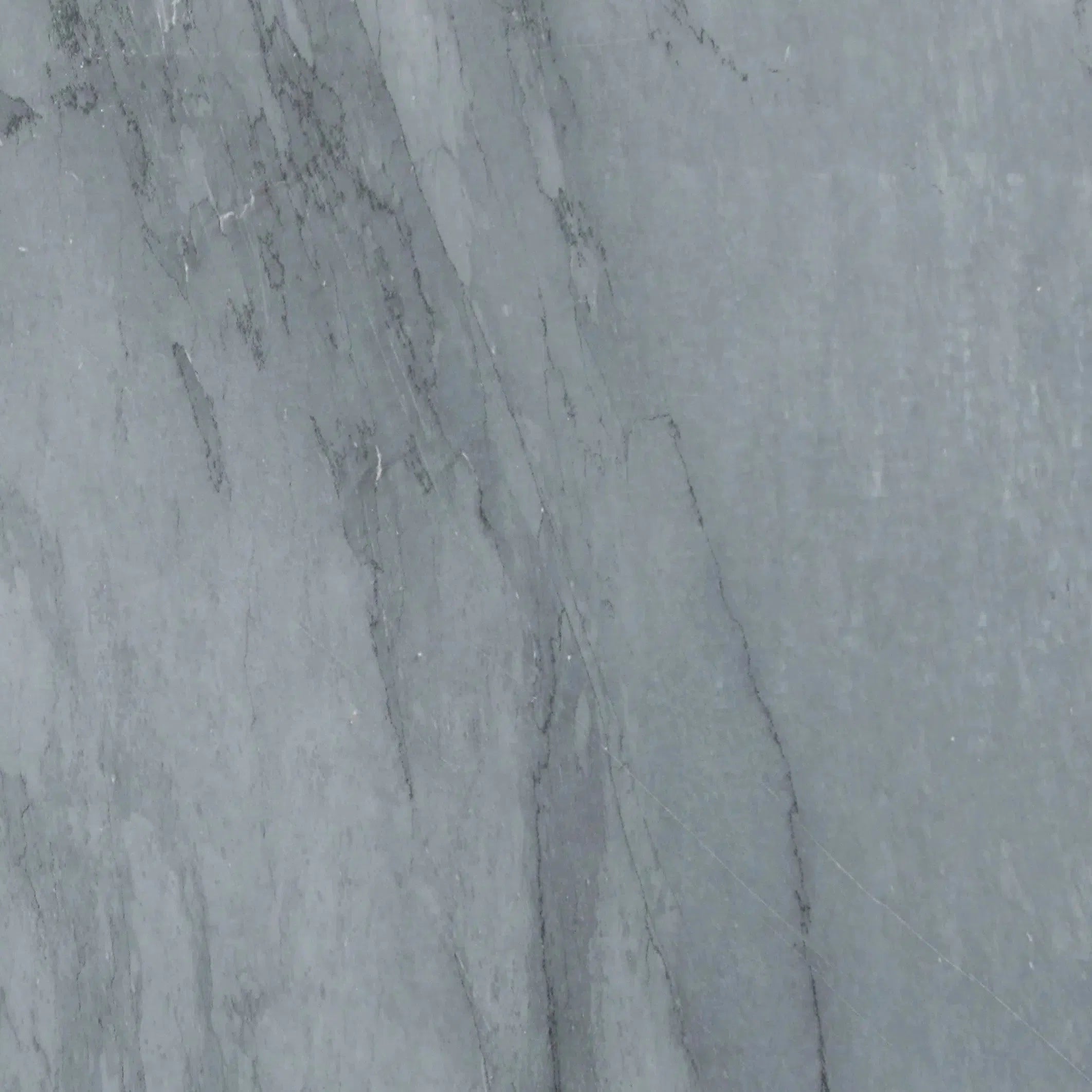 Bardiglio
Bardiglio Bianco Dolomite
Bianco Dolomite 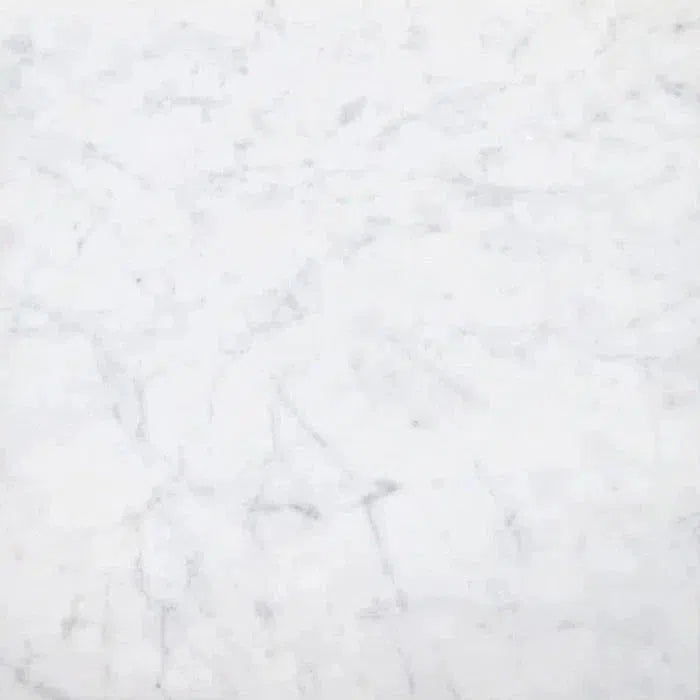 Carrara White
Carrara White 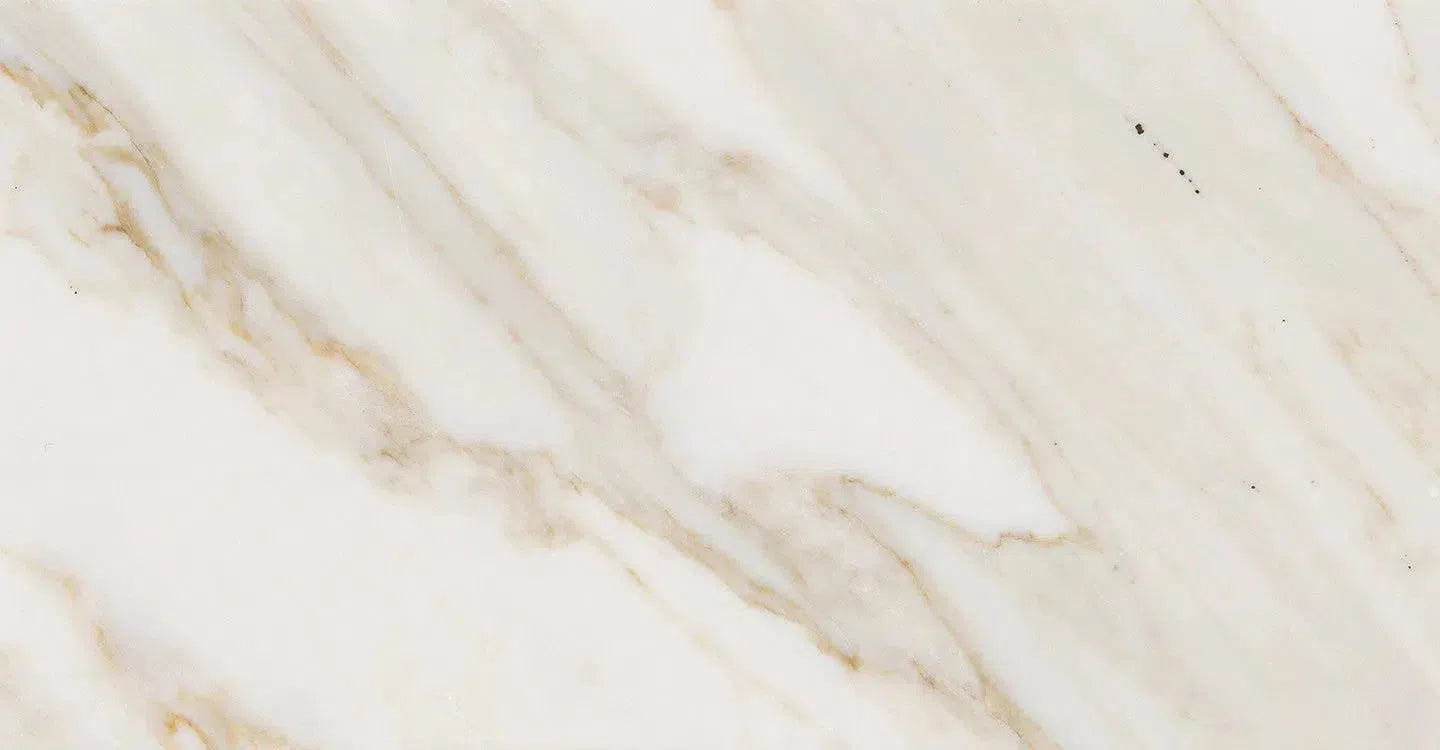 Calacatta Gold
Calacatta Gold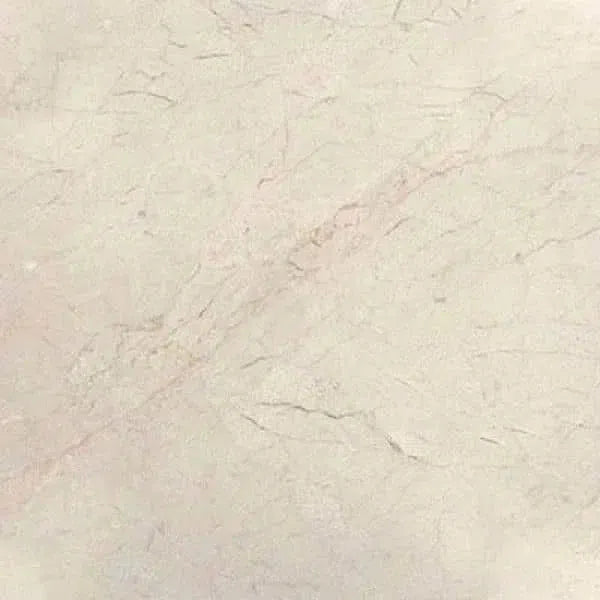 Crema Marfil
Crema Marfil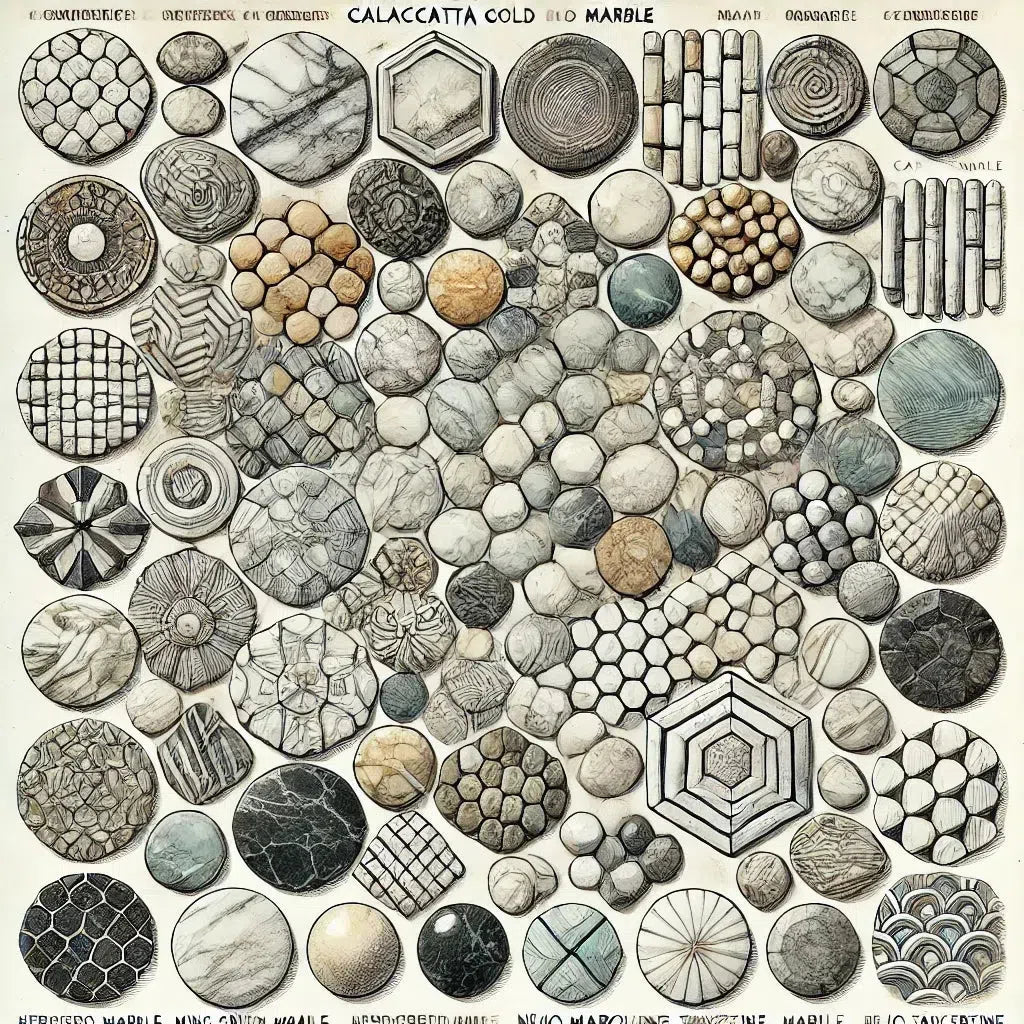 Custom Made Mosaic
Custom Made Mosaic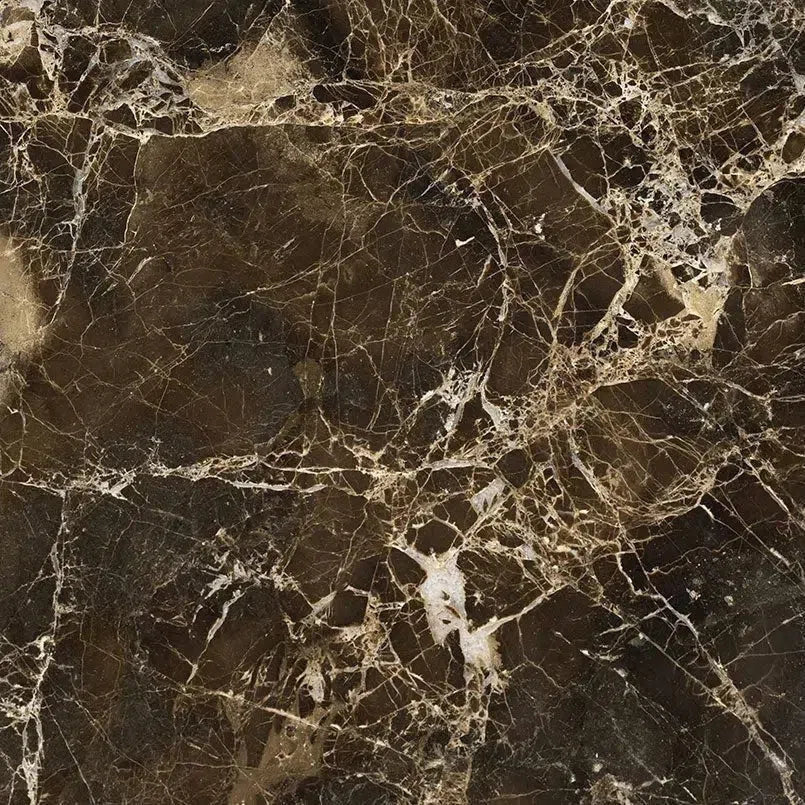 Emperador Dark
Emperador Dark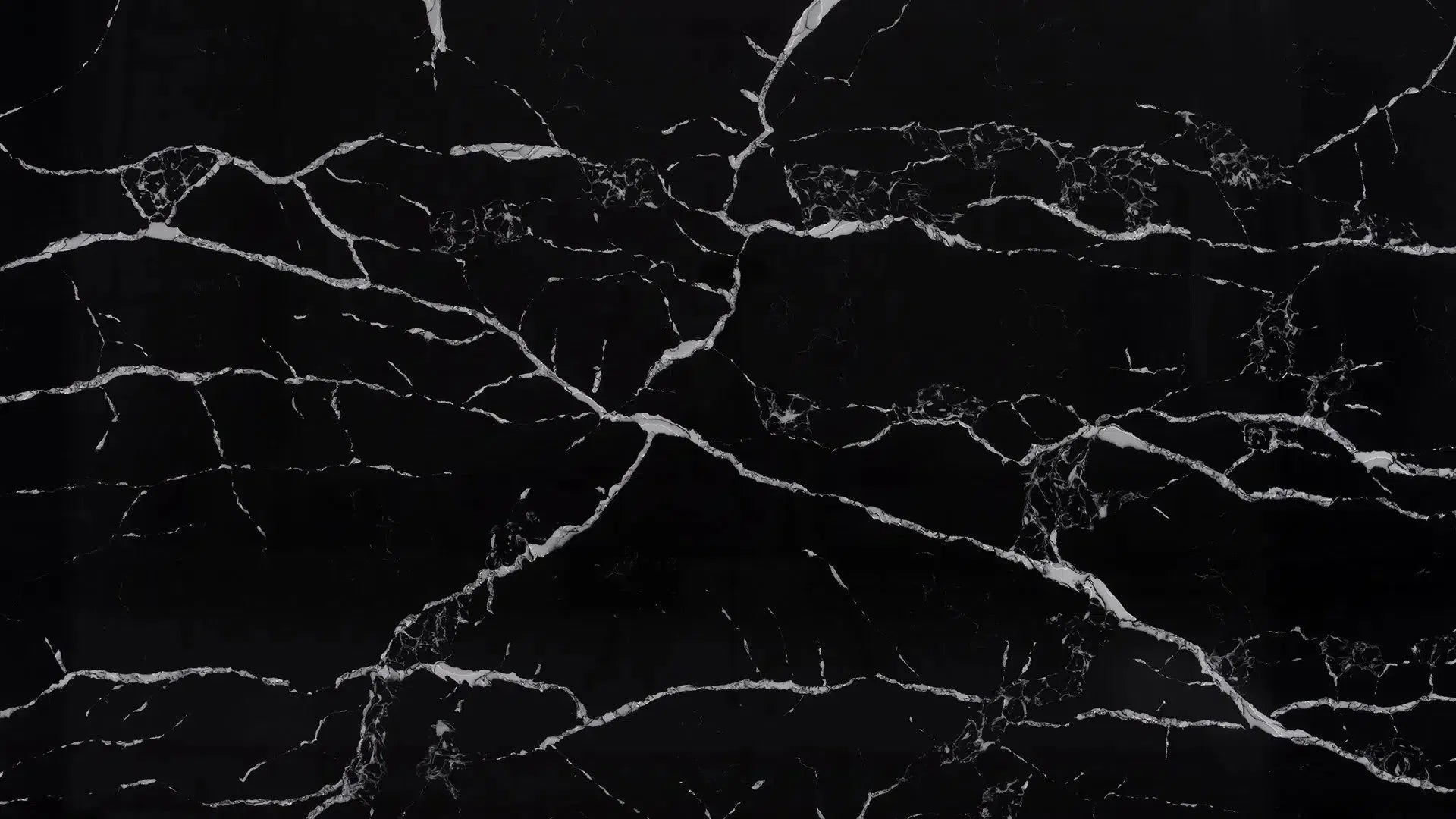 Nero Marquina
Nero Marquina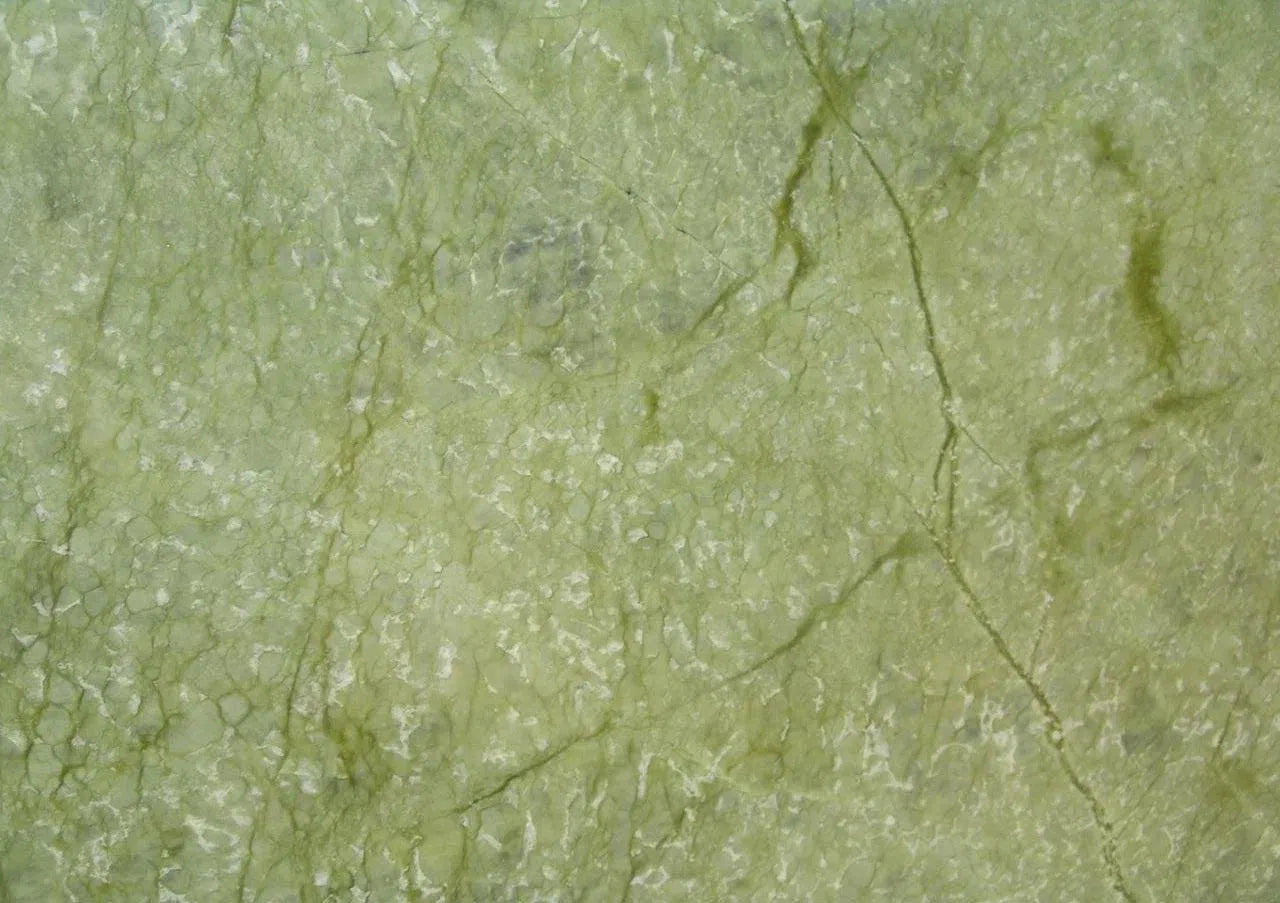 Ming Green Marble
Ming Green Marble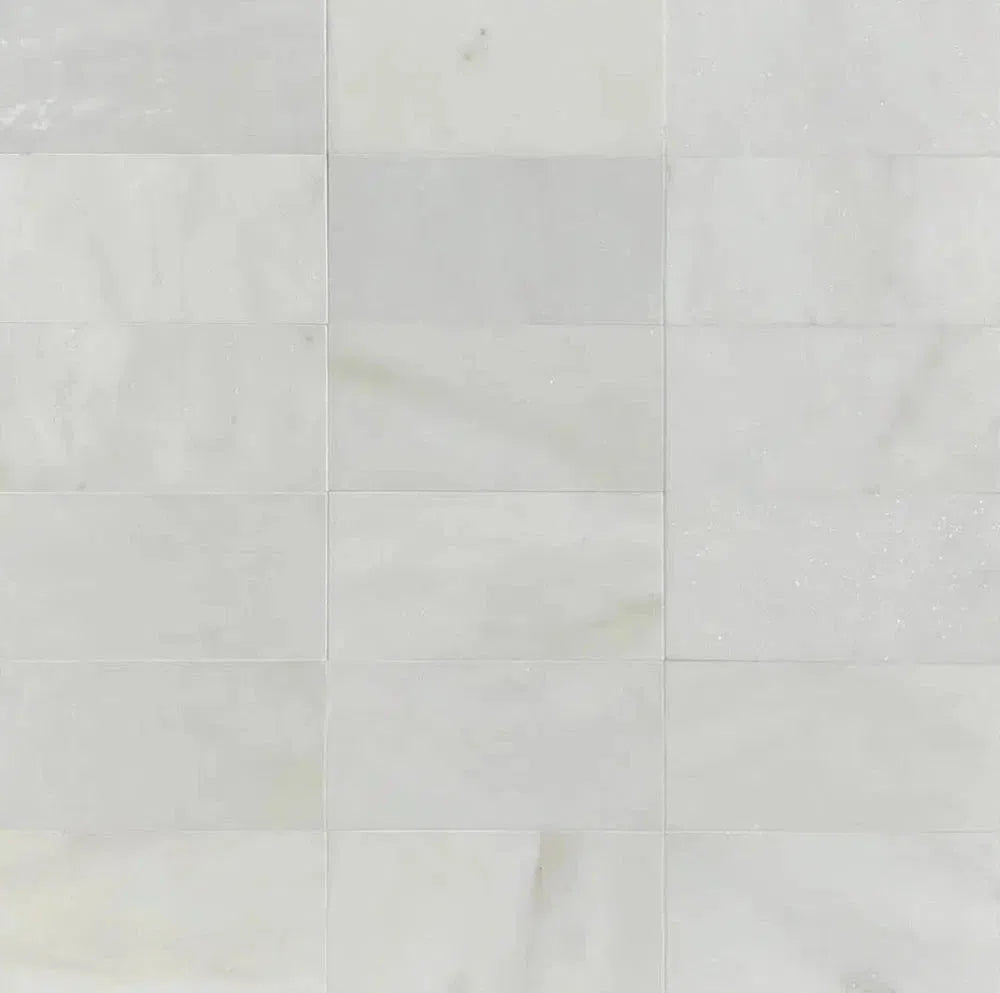 Oriental White Marble (Asian Statuary Marble)
Oriental White Marble (Asian Statuary Marble)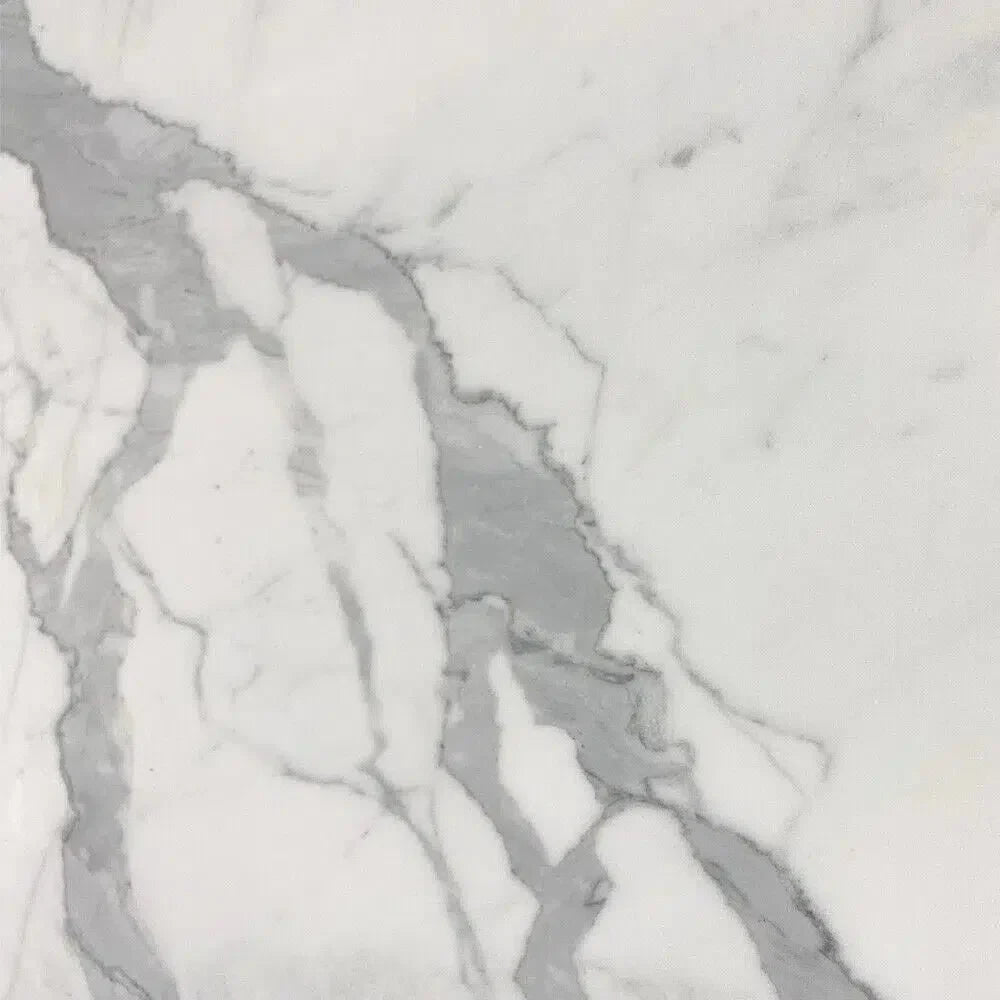 Statuary - Statuario White (Italian) Marble
Statuary - Statuario White (Italian) Marble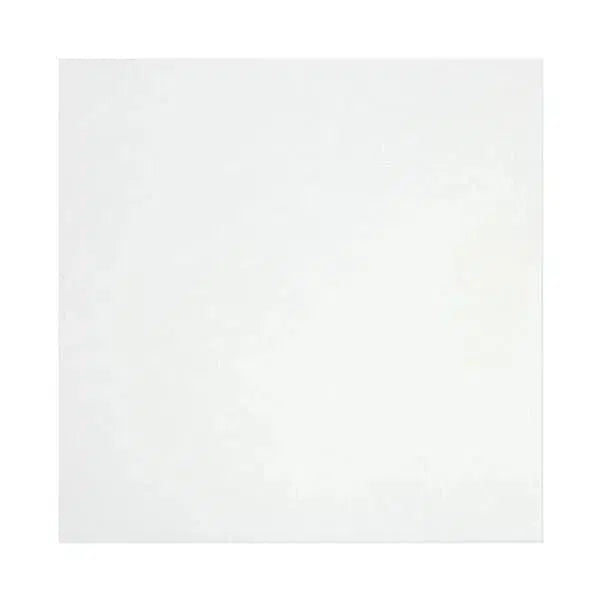 Thassos White
Thassos White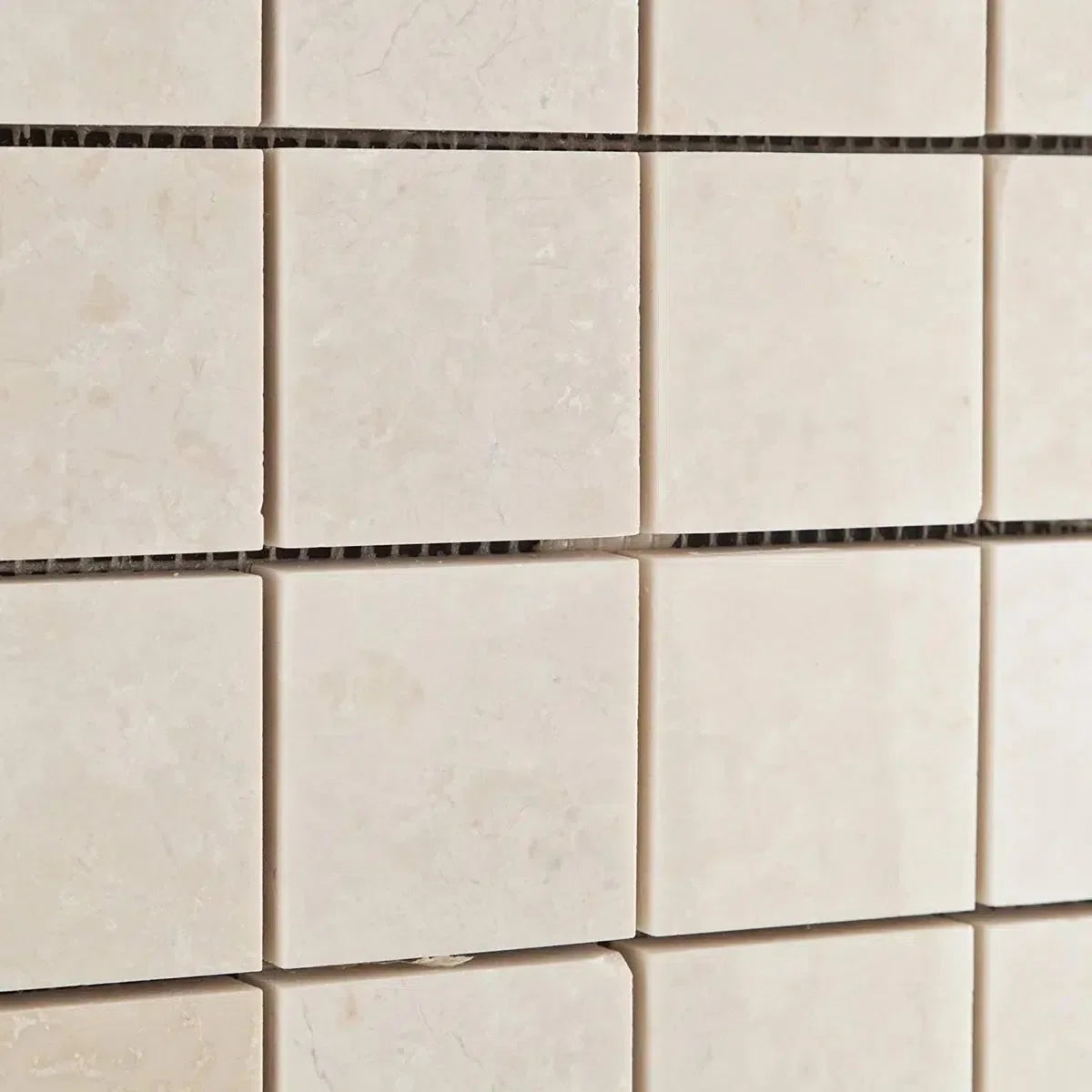 White Pearl/Botticino Beige Marble
White Pearl/Botticino Beige Marble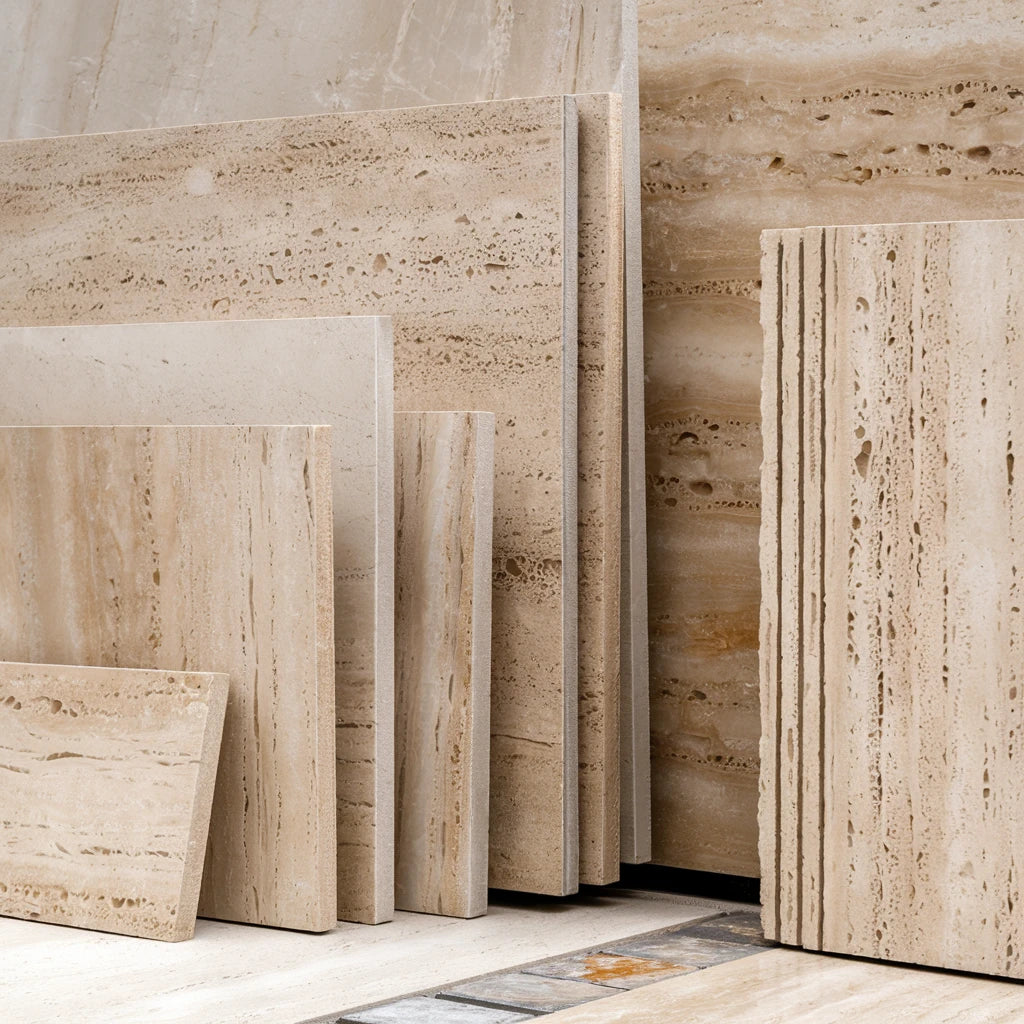 Best Selling Travertine Collections
Best Selling Travertine Collections
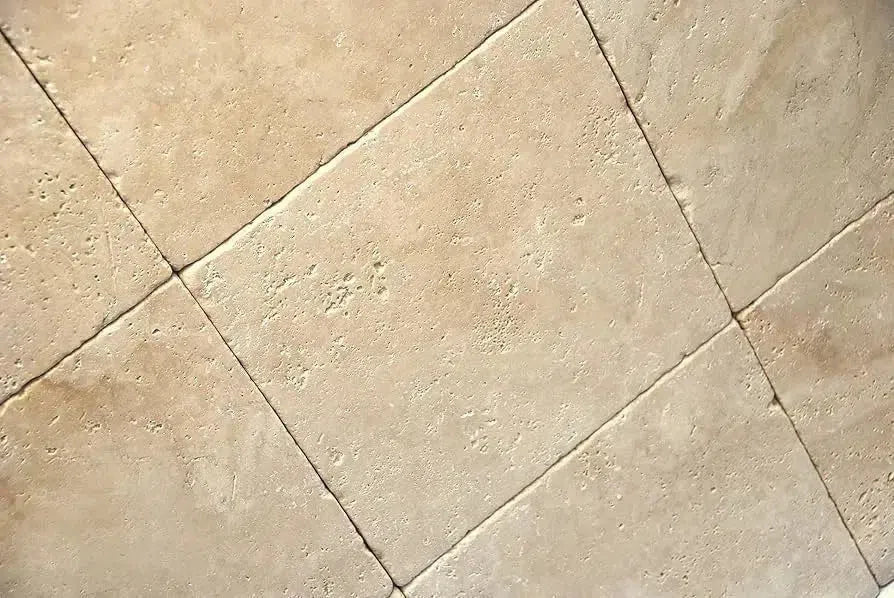 Ivory Travertine
Ivory Travertine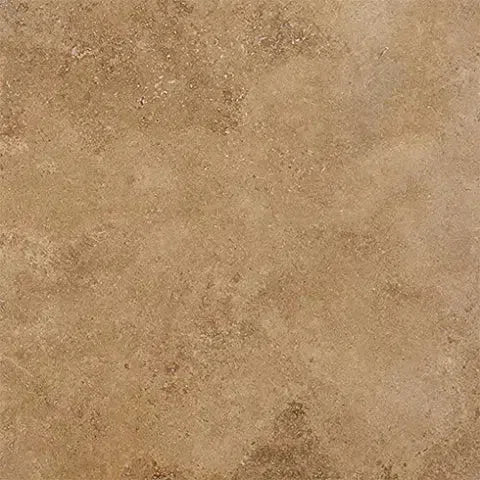 Noce Travertine
Noce Travertine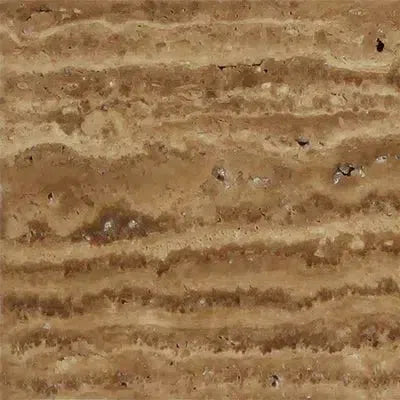 Exotic Noce Travertine
Exotic Noce Travertine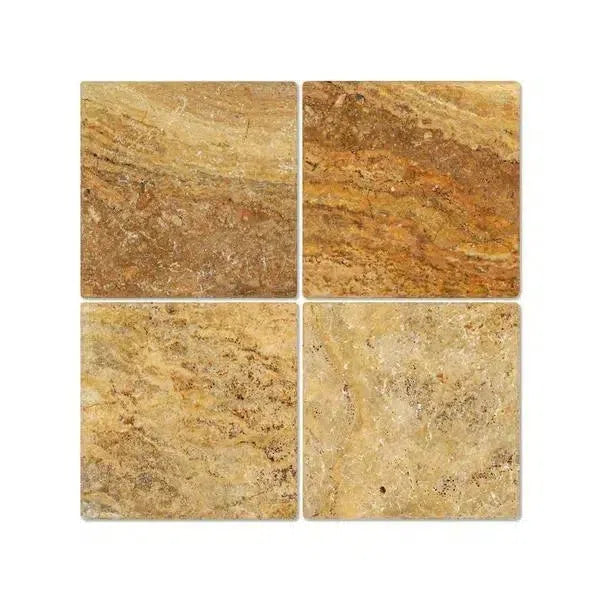 Scabos | Autumn Leaves Travertine
Scabos | Autumn Leaves Travertine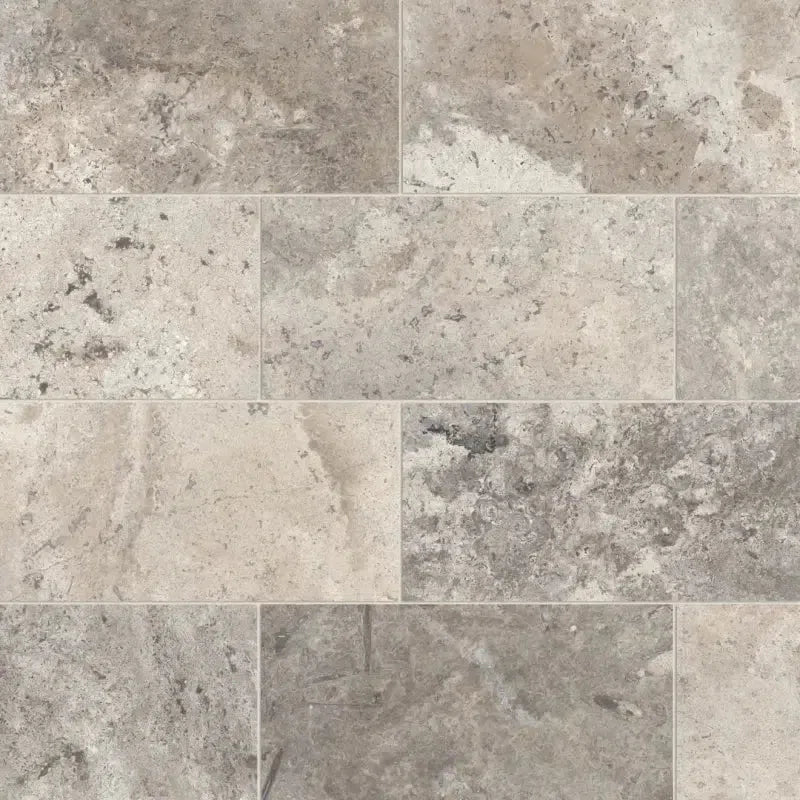 Silver Travertine
Silver Travertine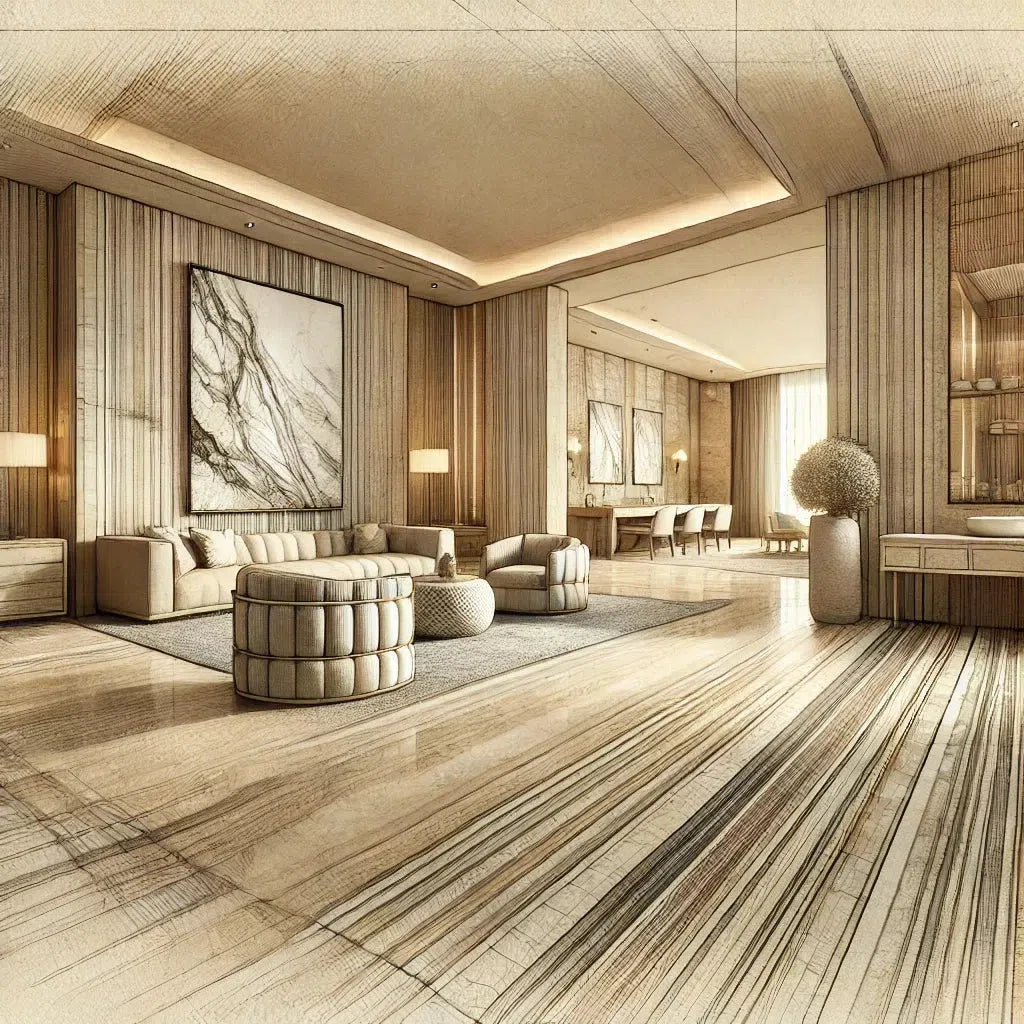 Exotic Travertine
Exotic Travertine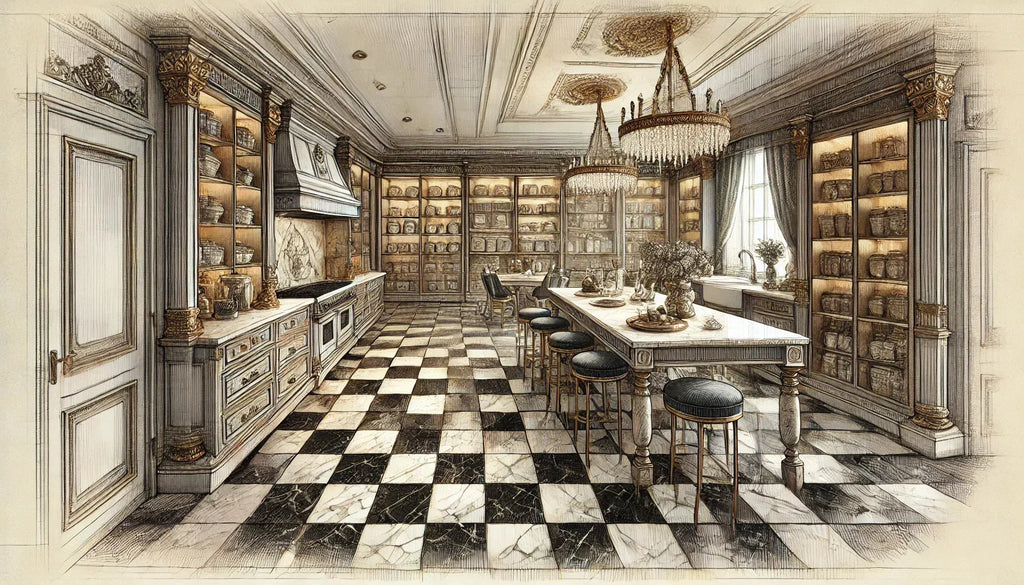 Checkerboard
Checkerboard
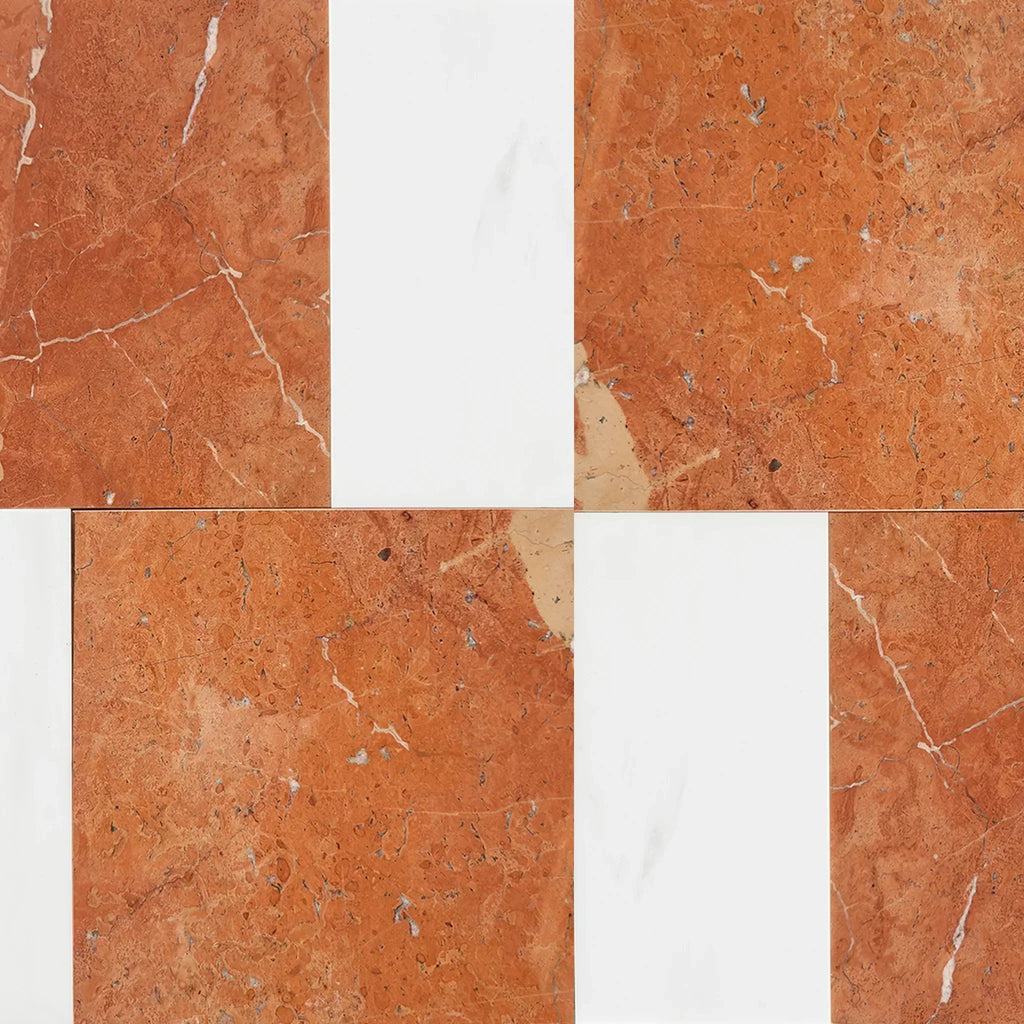 Patterned Tile
Patterned Tile
 Shop By Material
Shop By Material
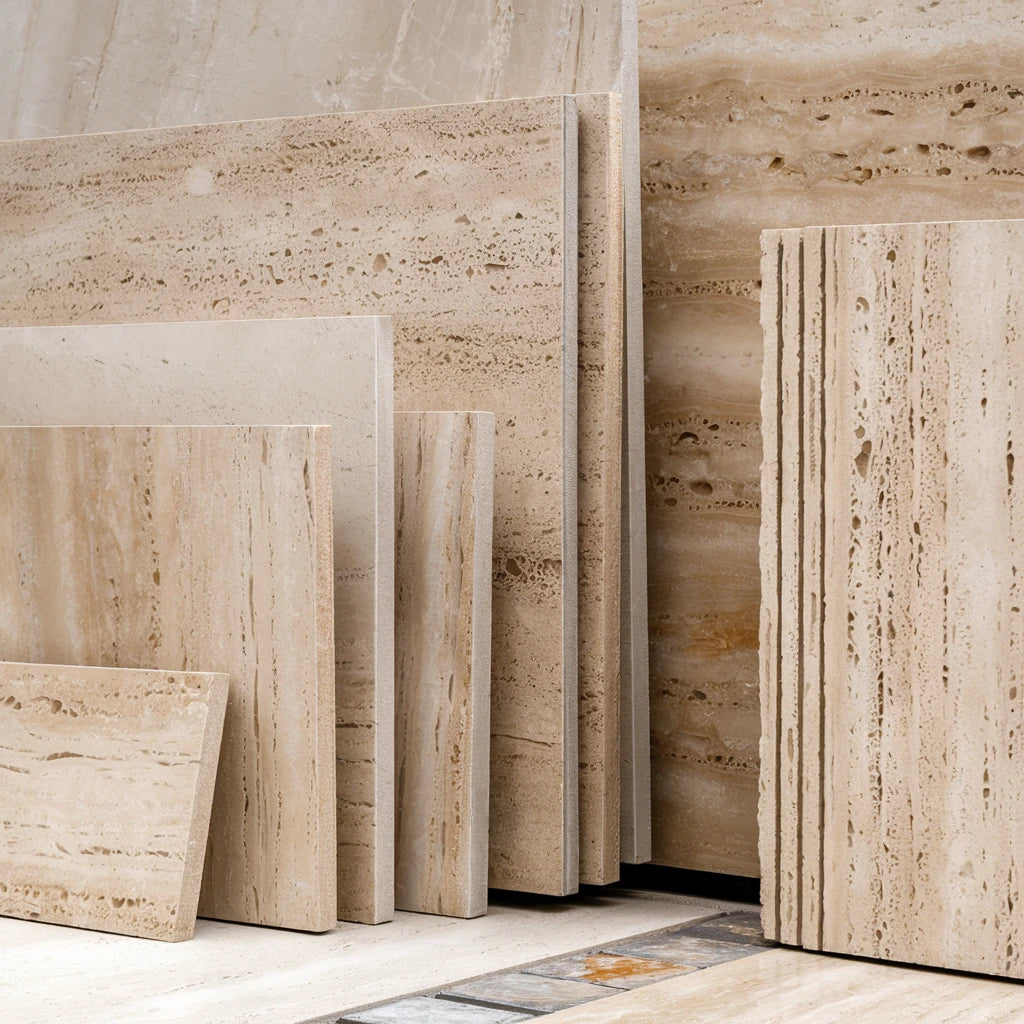 Travertine
Travertine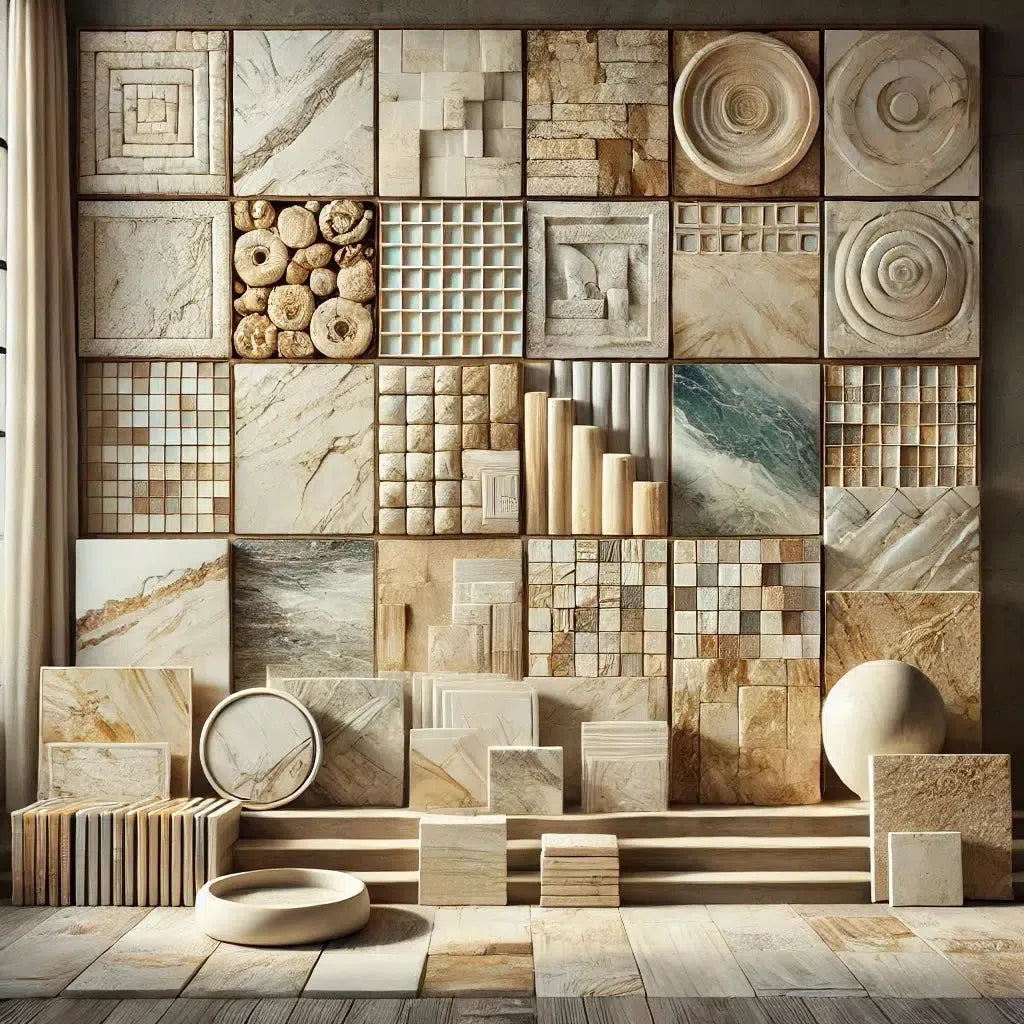 Marble
Marble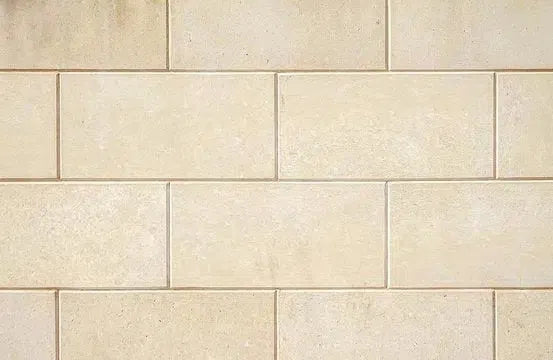 Limestone
Limestone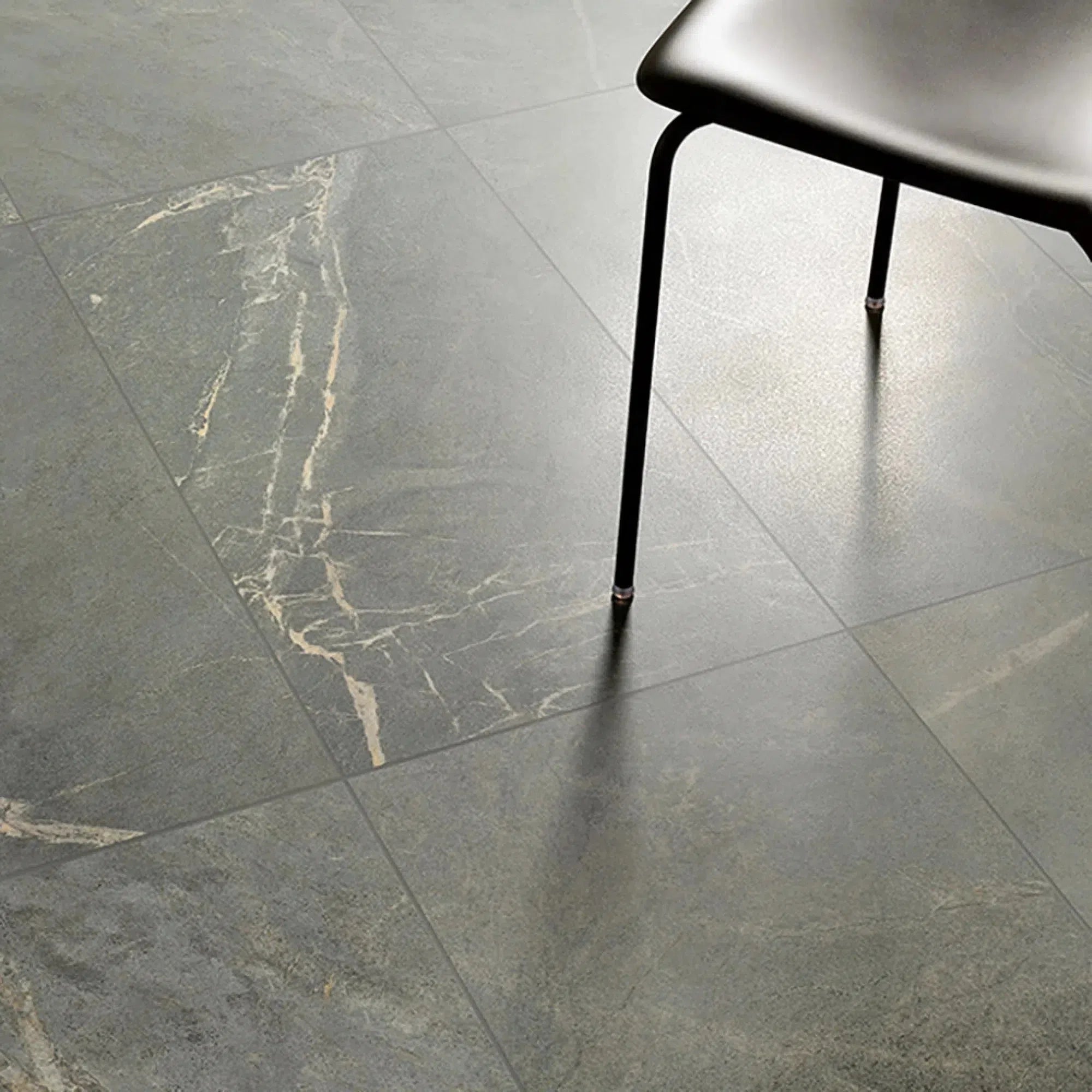 Soap Stone
Soap Stone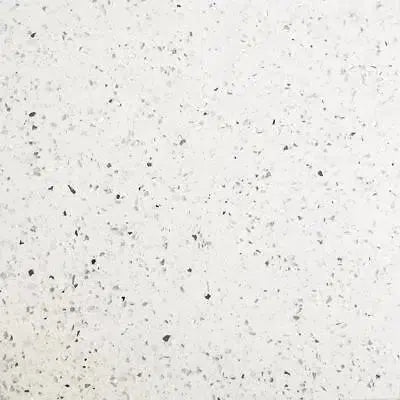 Quartz
Quartz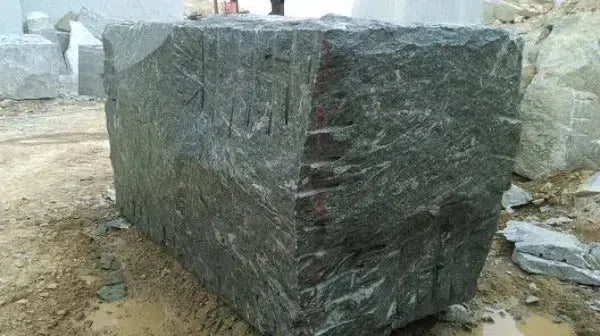 Granite
Granite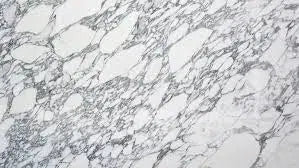 Shop By Name
Shop By Name
 Absolute Black Granite
Absolute Black Granite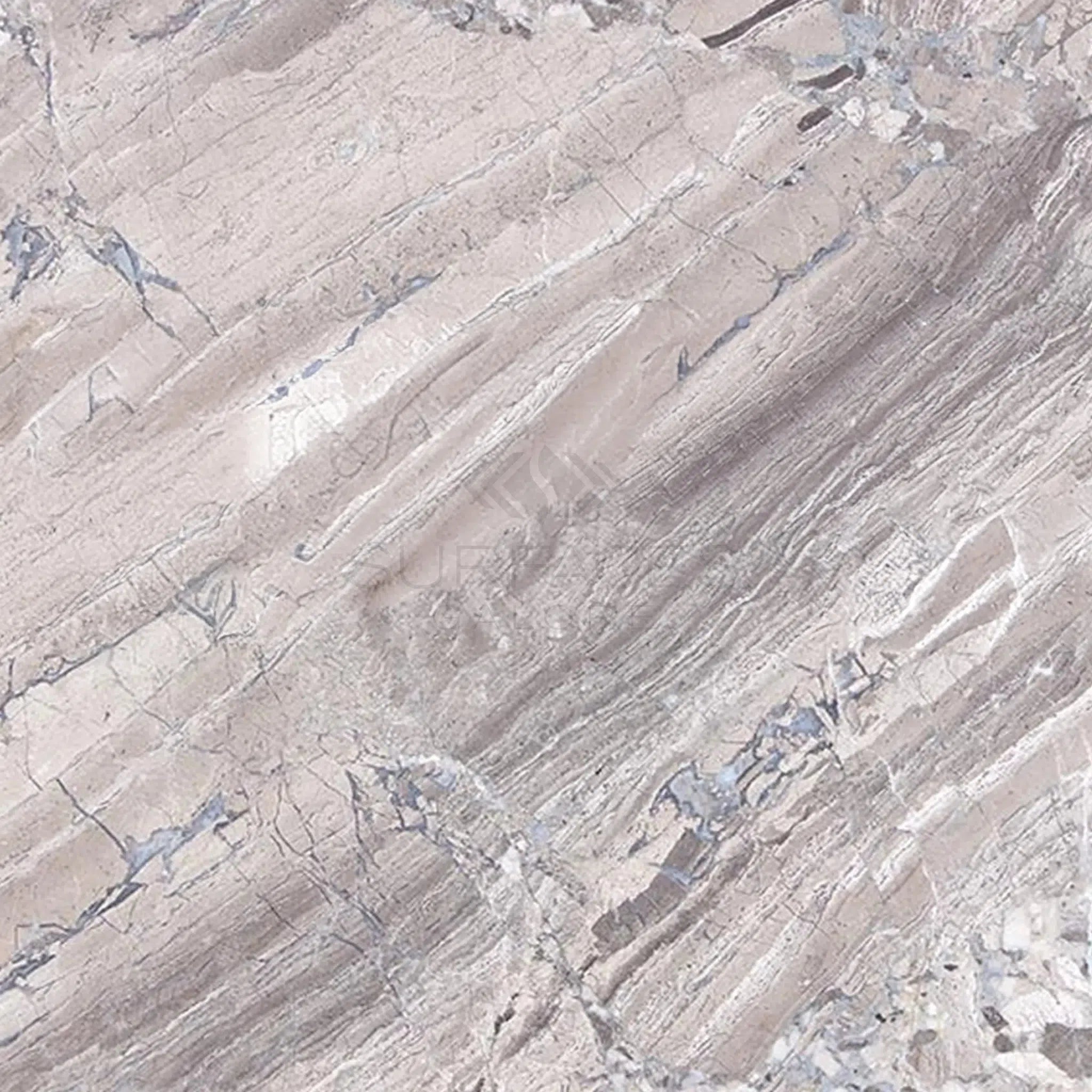 Atlantic Gray Marble
Atlantic Gray Marble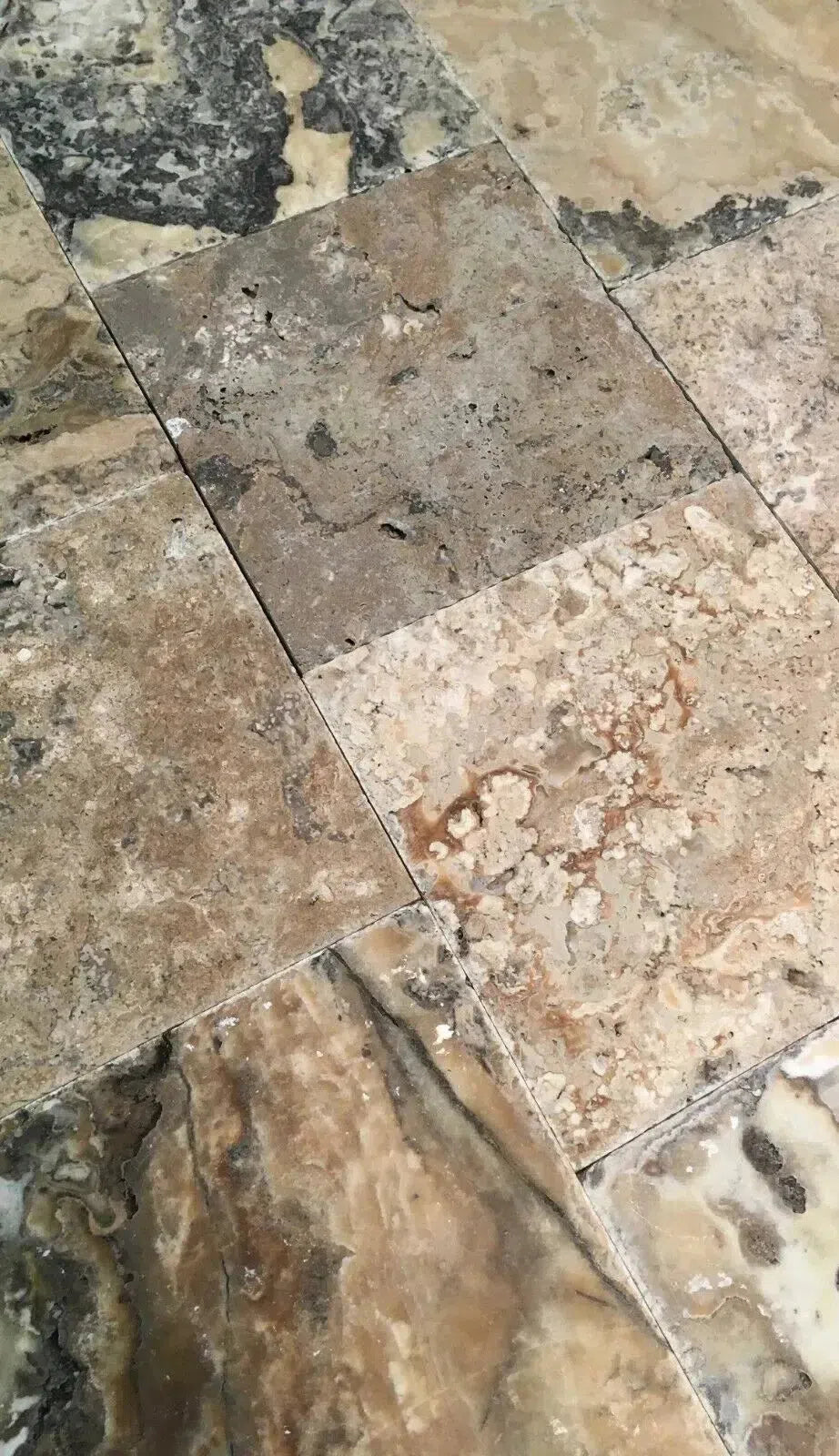 Antico Onyx Travertine
Antico Onyx Travertine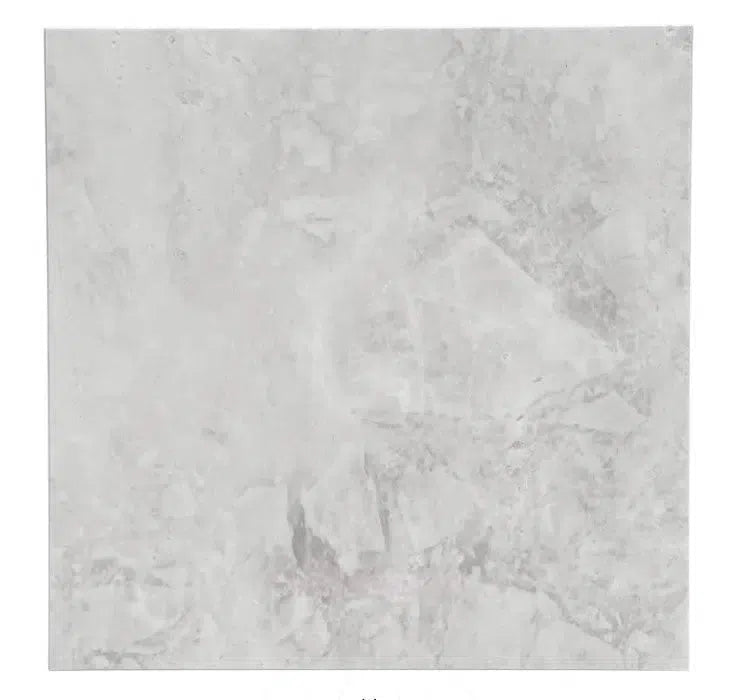 Bianco Congelato Dolomite
Bianco Congelato Dolomite Bianco Venatino (Bianco Mare) Marble
Bianco Venatino (Bianco Mare) Marble Burgundy Mocha Marble
Burgundy Mocha Marble Calacatta Verde Royale Marble
Calacatta Verde Royale Marble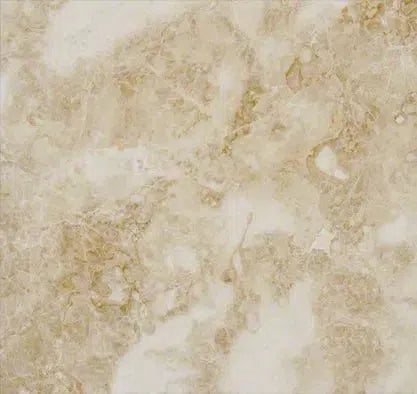 Cappuccino Marble
Cappuccino Marble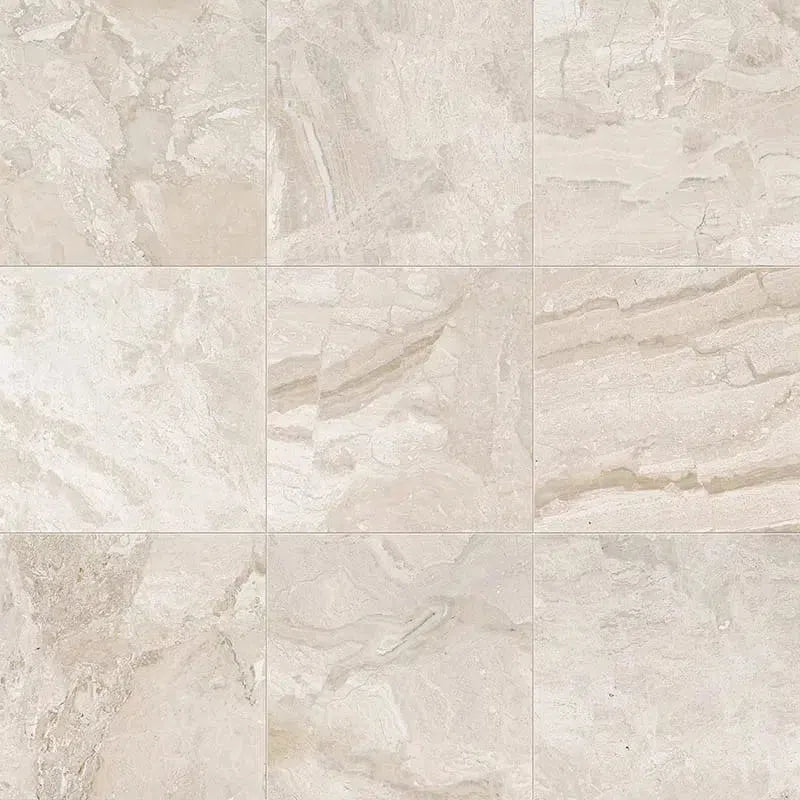 Diano Royal (Queen Beige) Marble
Diano Royal (Queen Beige) Marble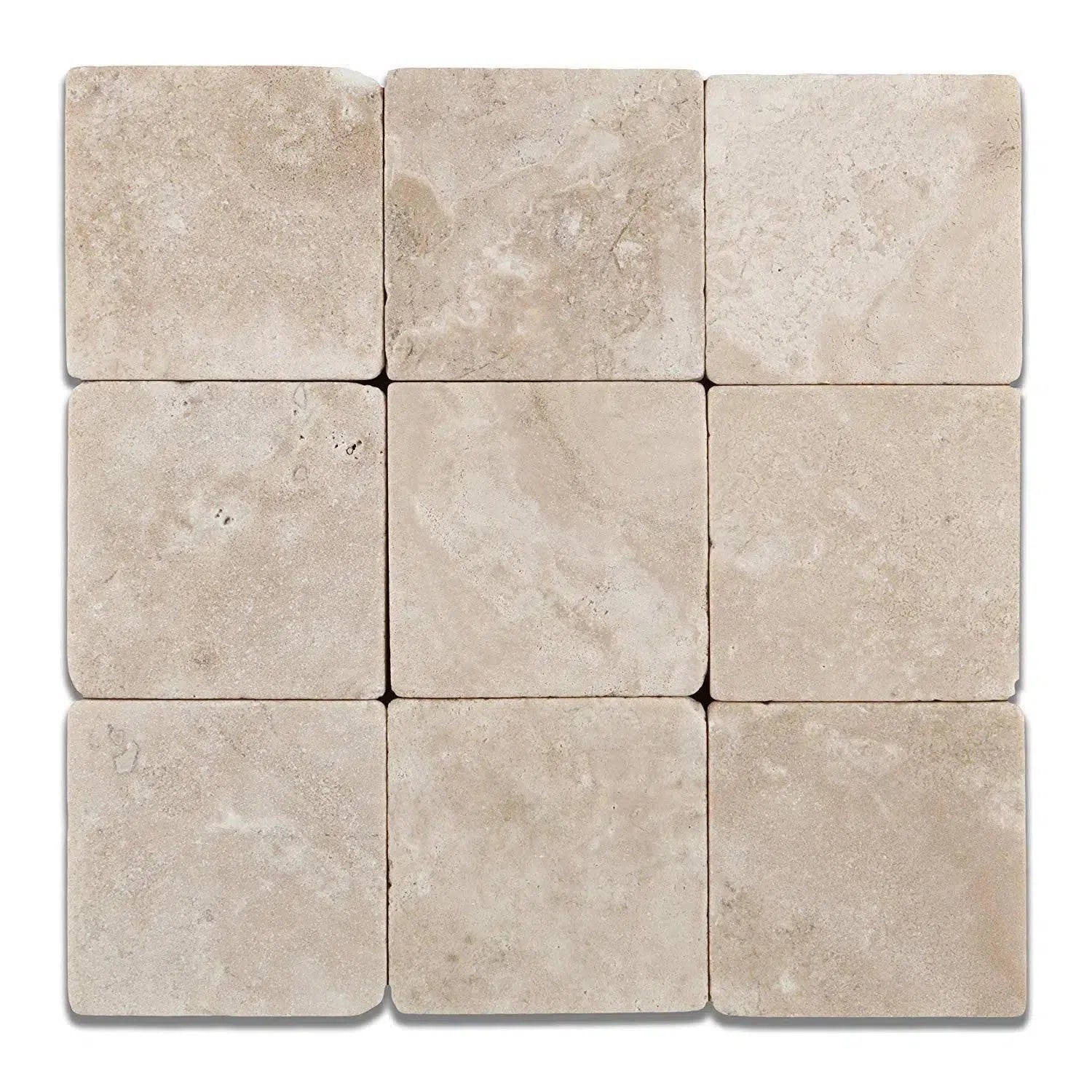 Durango Cream Traverine
Durango Cream Traverine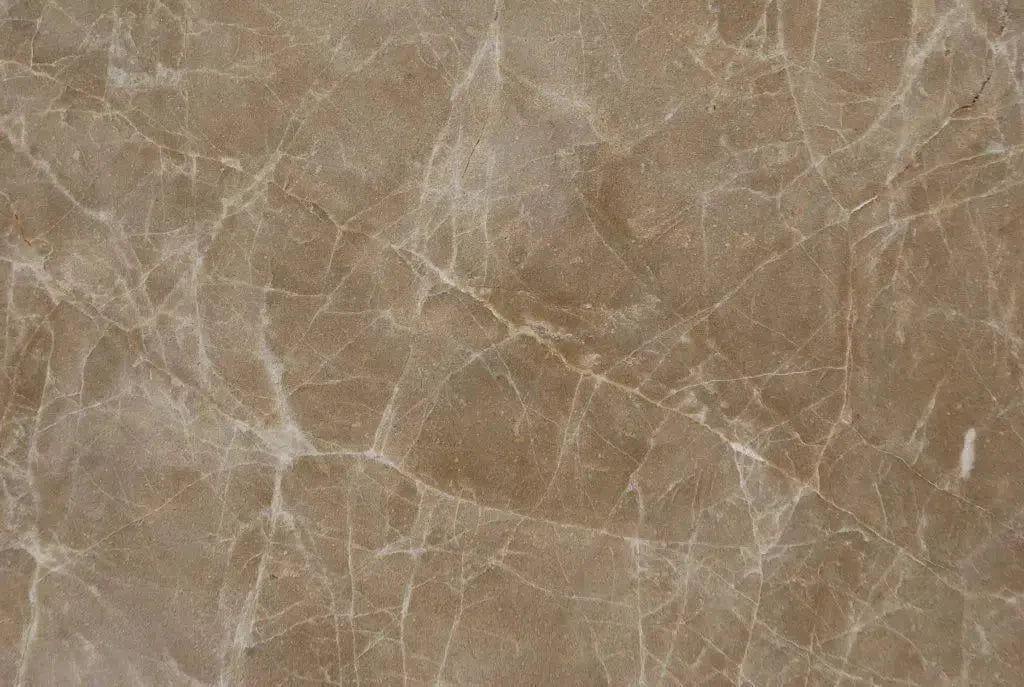 Emperador Light Marble
Emperador Light Marble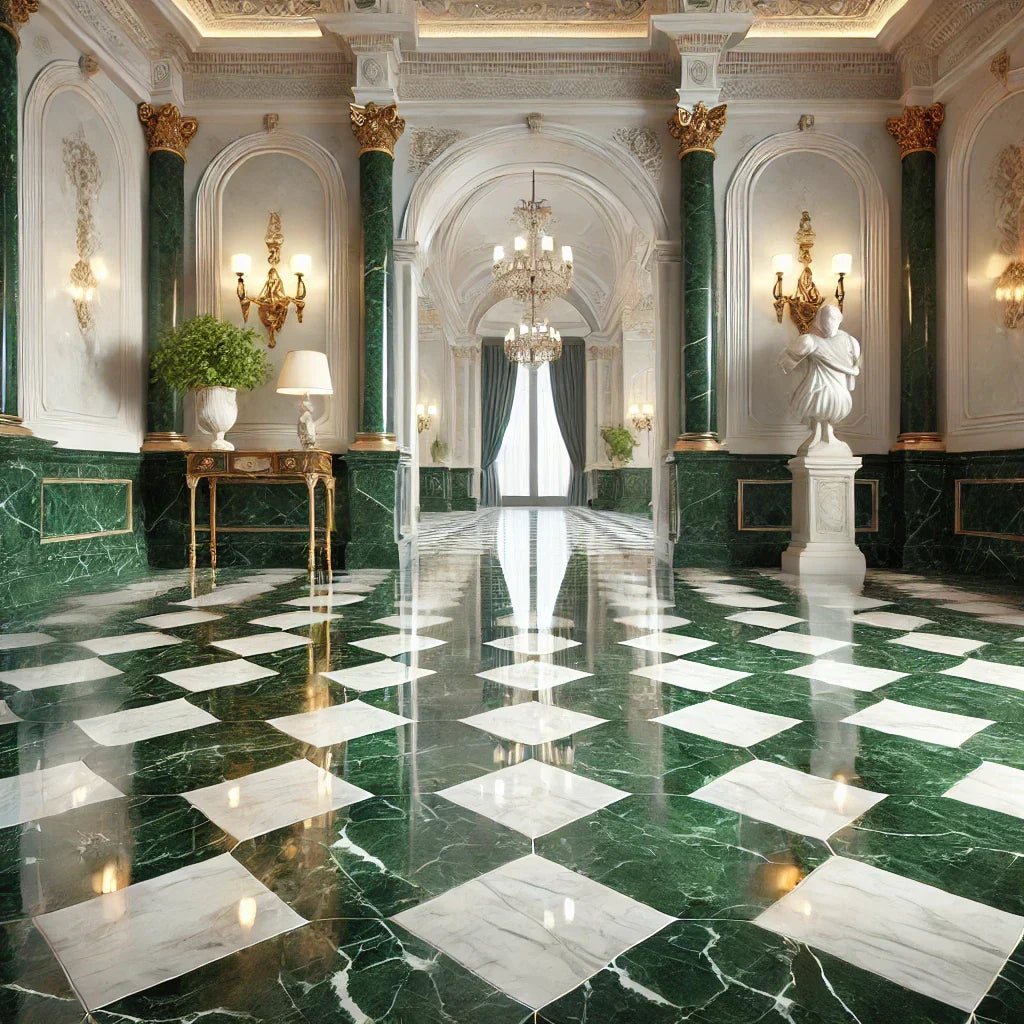 Empress Green Marble
Empress Green Marble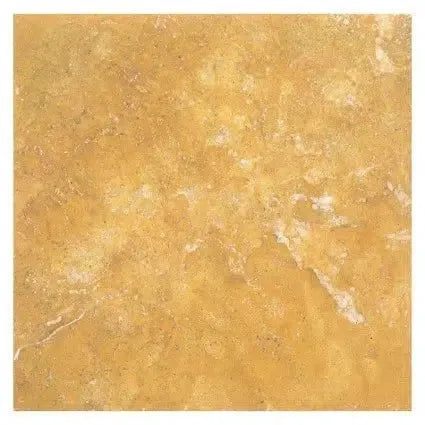 Gold/Yellow Travertine
Gold/Yellow Travertine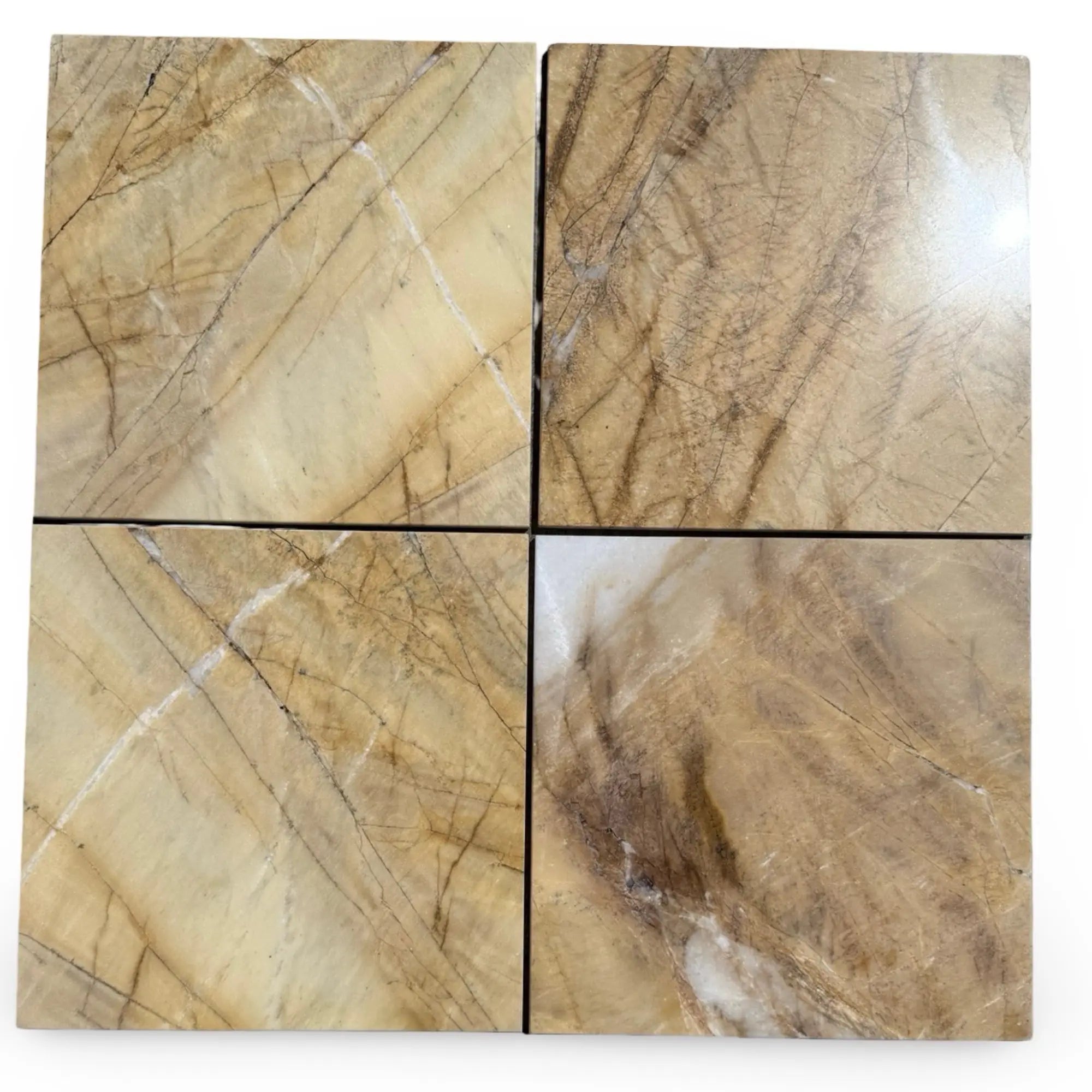 Golden Horizon Marble
Golden Horizon Marble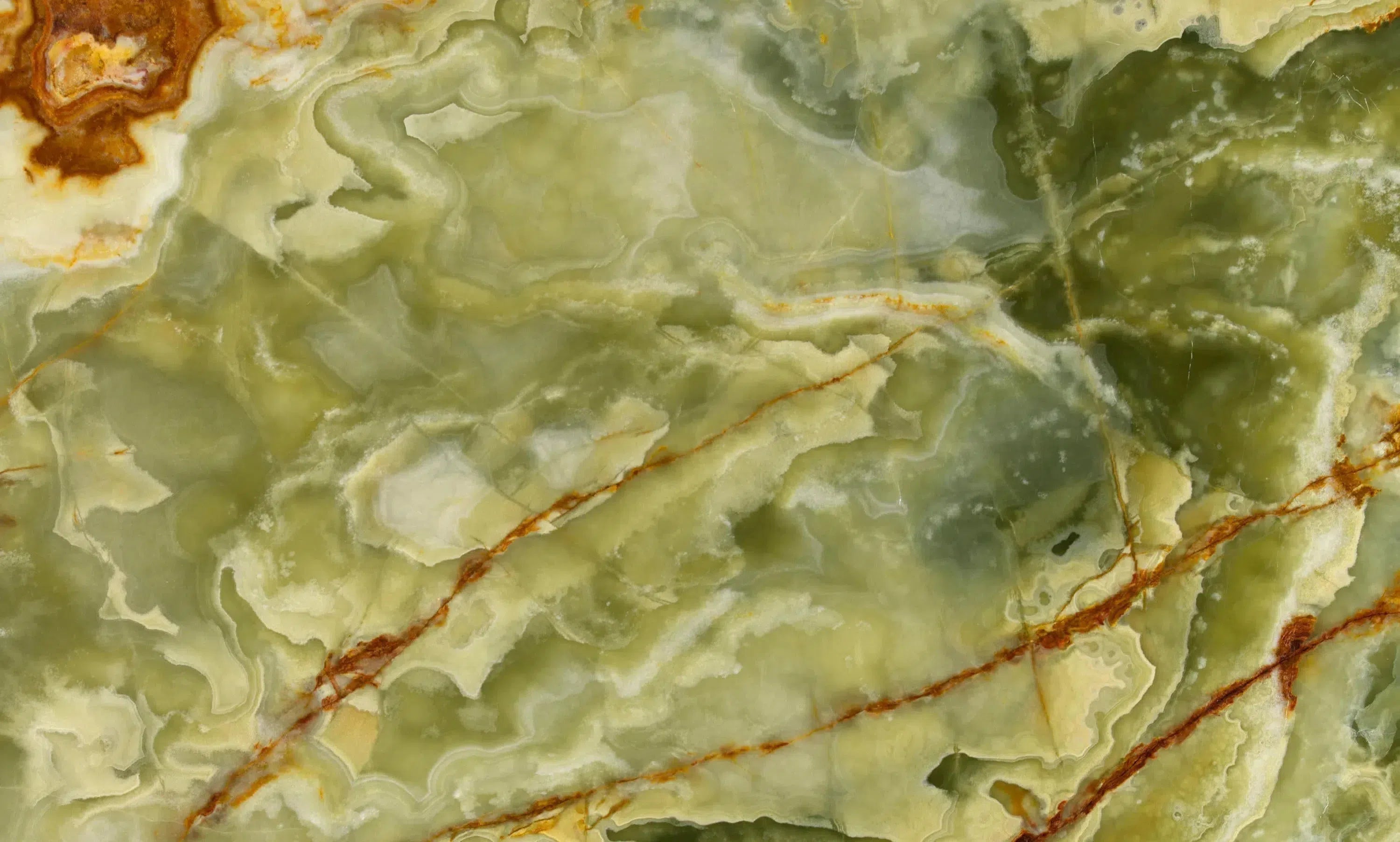 Green Onyx Marble
Green Onyx Marble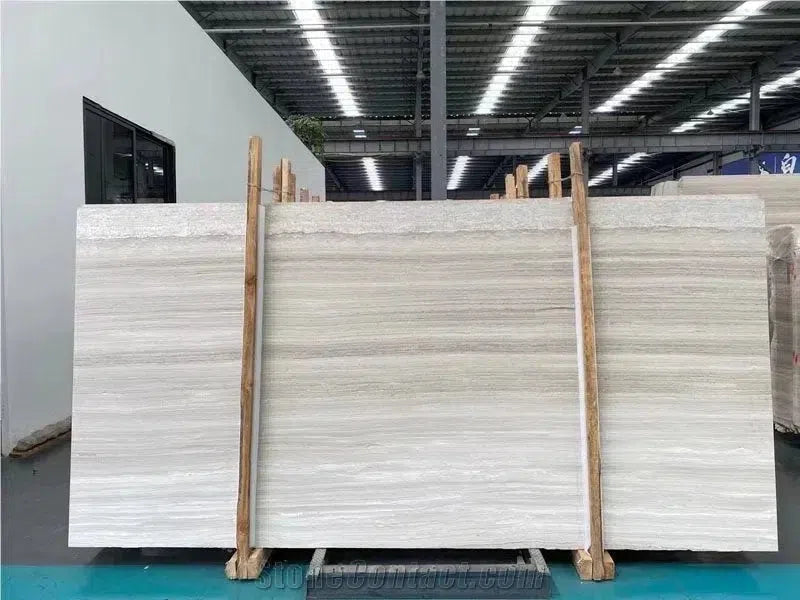 Haisa Light (White Wood) Limestone
Haisa Light (White Wood) Limestone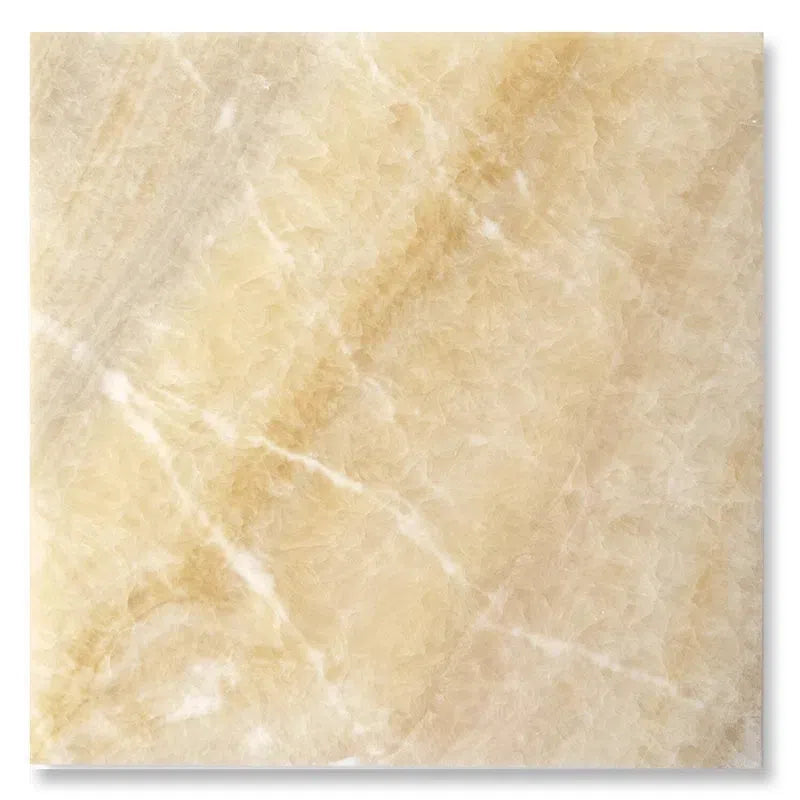 Honey Onyx Marble
Honey Onyx Marble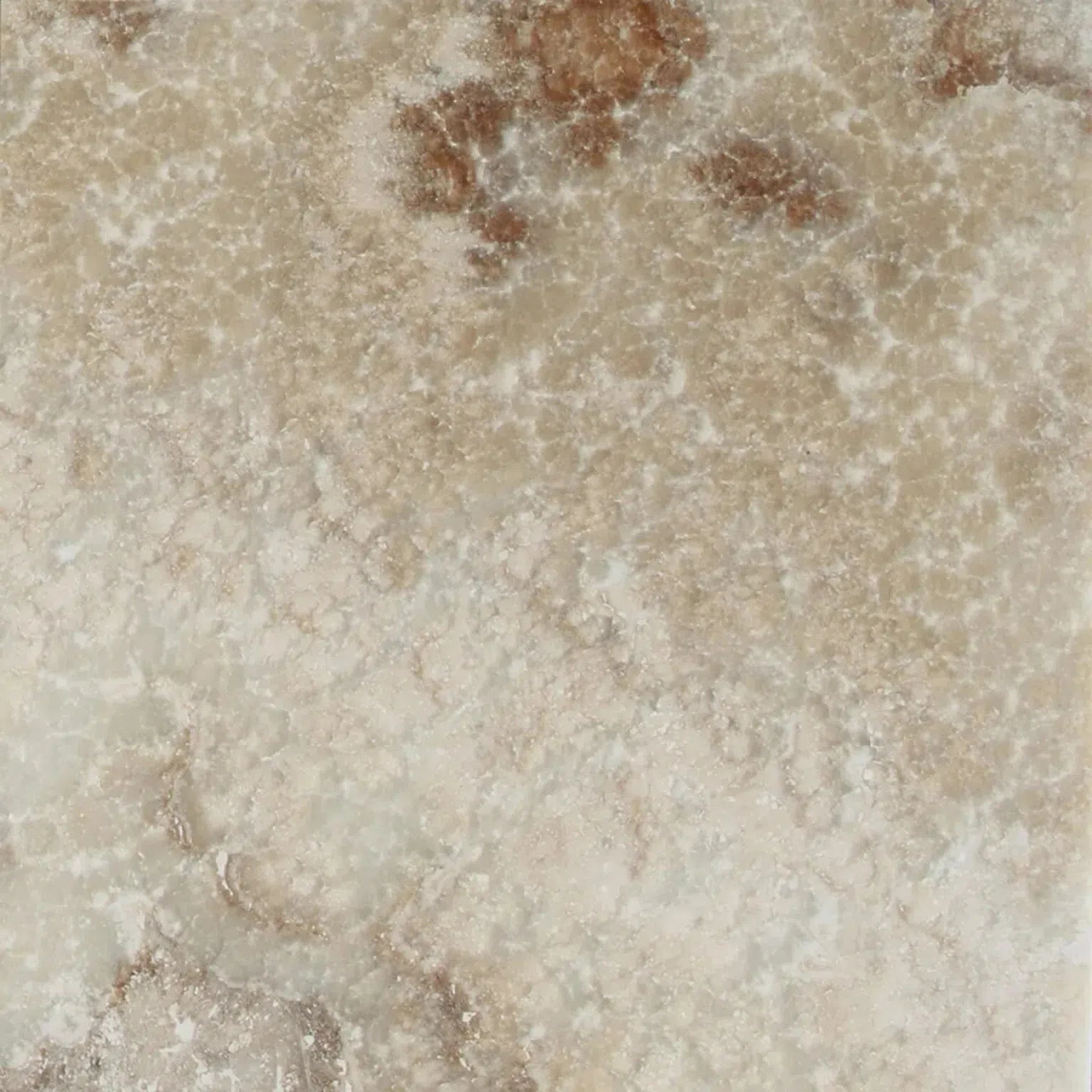 La Travonya Travertine
La Travonya Travertine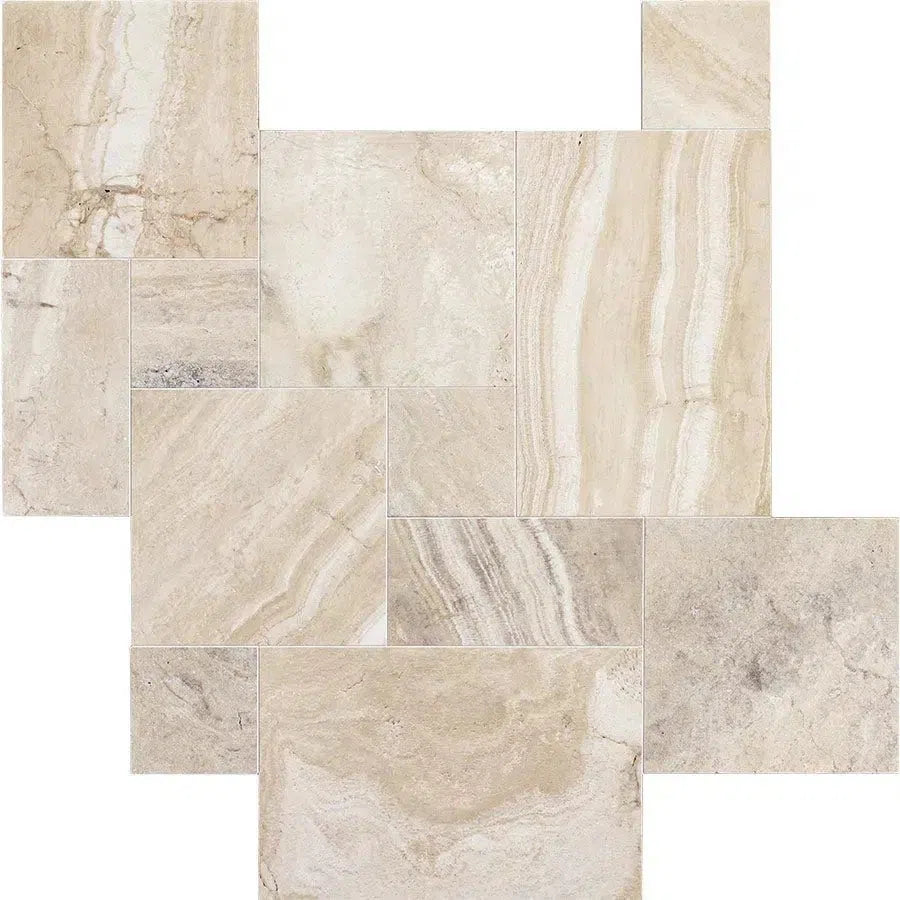 Malibu Travertine
Malibu Travertine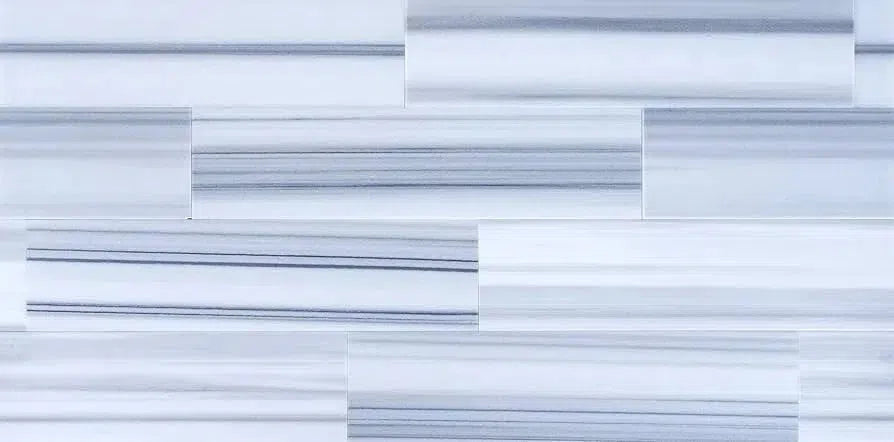 Mink (Equator) Marble
Mink (Equator) Marble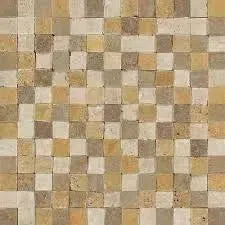 Mixed (Ivory-Noce-Gold) Travertine
Mixed (Ivory-Noce-Gold) Travertine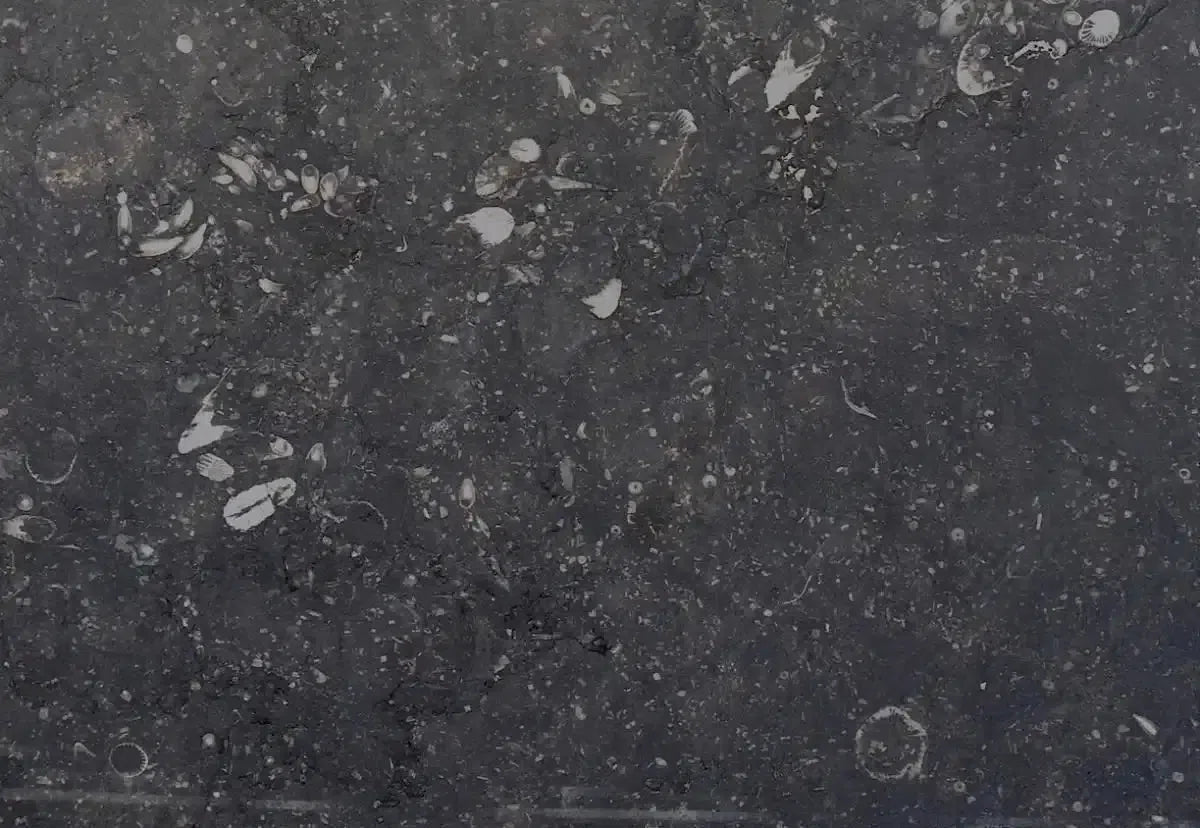 Pierre Bleue (Pierre Blue) Marble
Pierre Bleue (Pierre Blue) Marble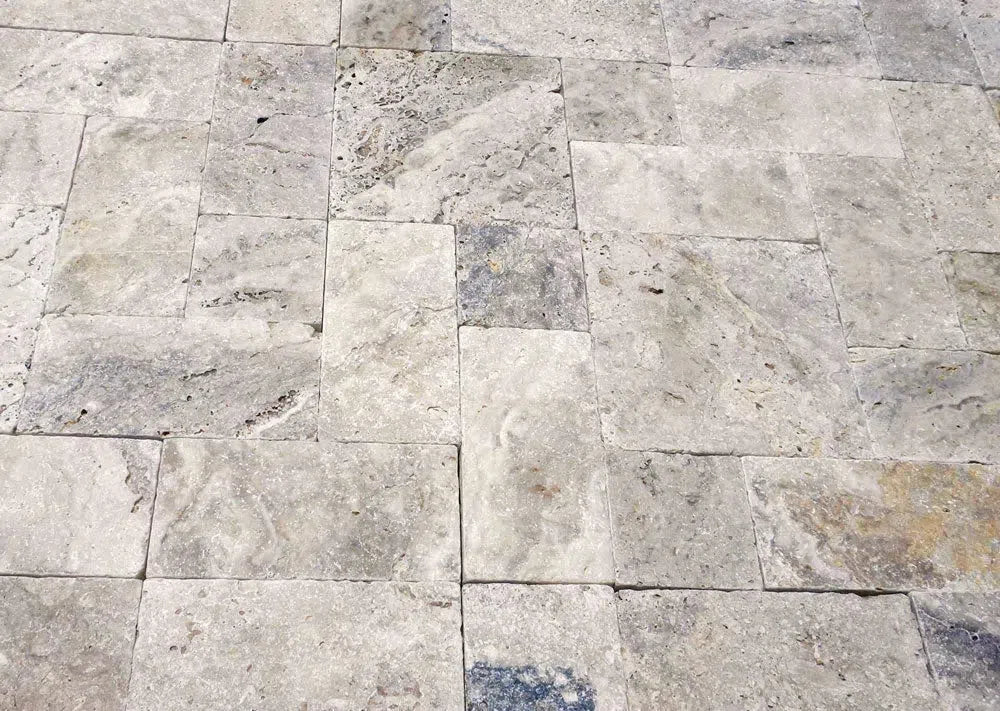 Philadelphia Travertine
Philadelphia Travertine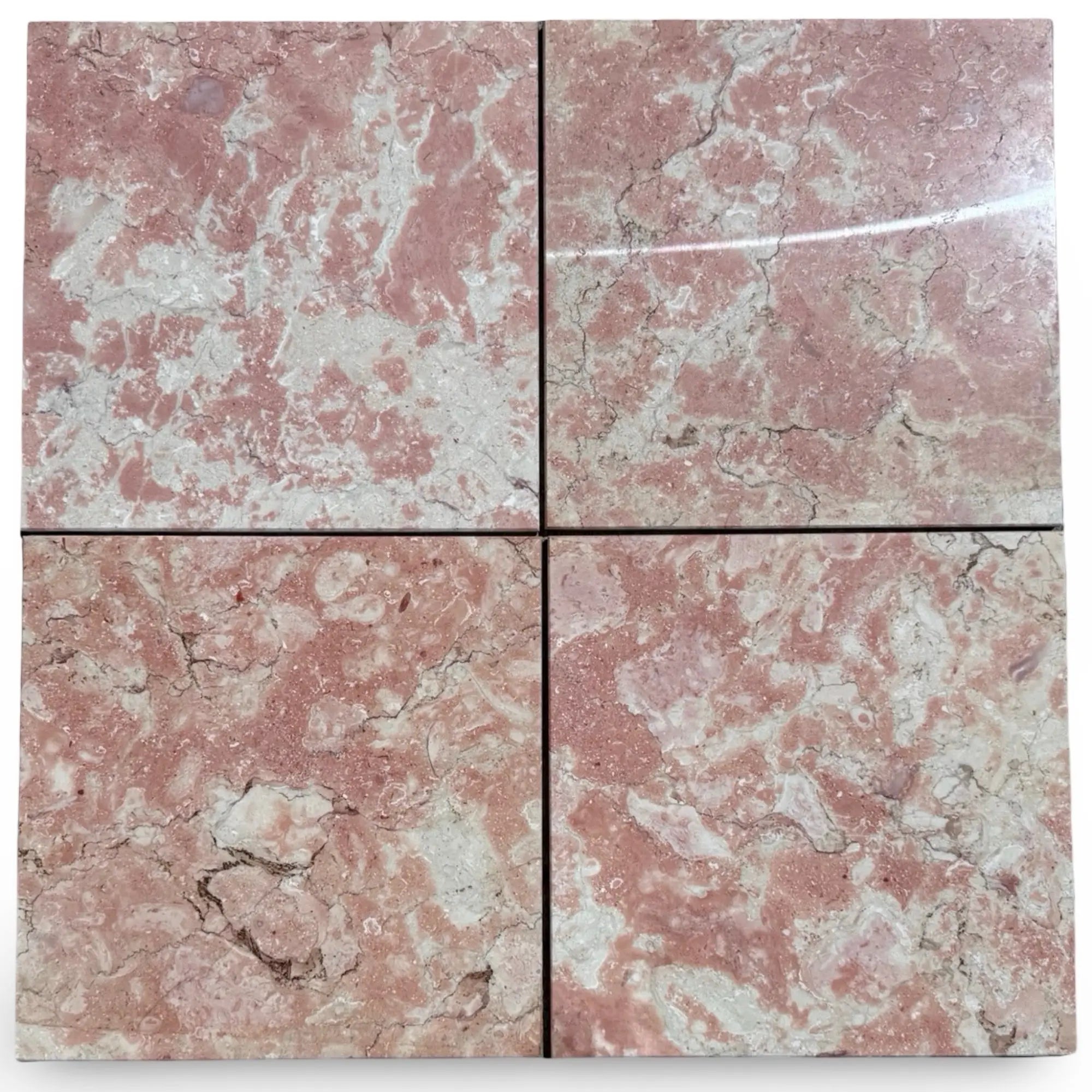 Rosé Aurora Marble
Rosé Aurora Marble Rosetta Storm Marble
Rosetta Storm Marble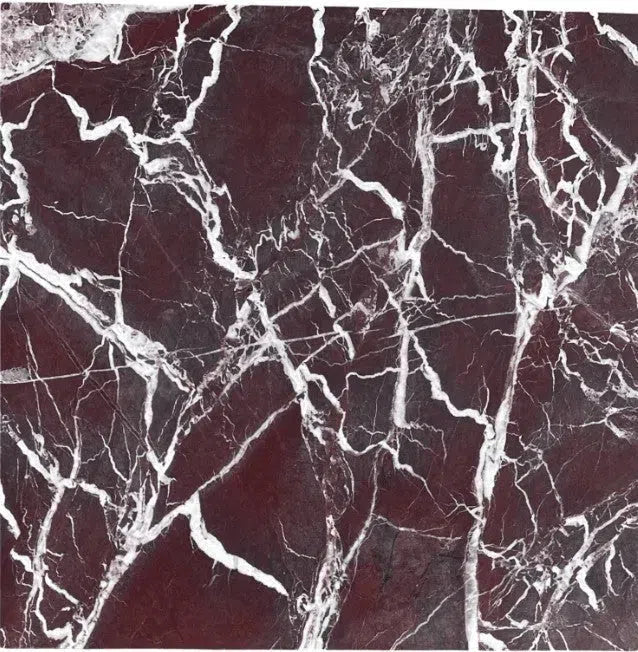 Rosso Levanto Marble
Rosso Levanto Marble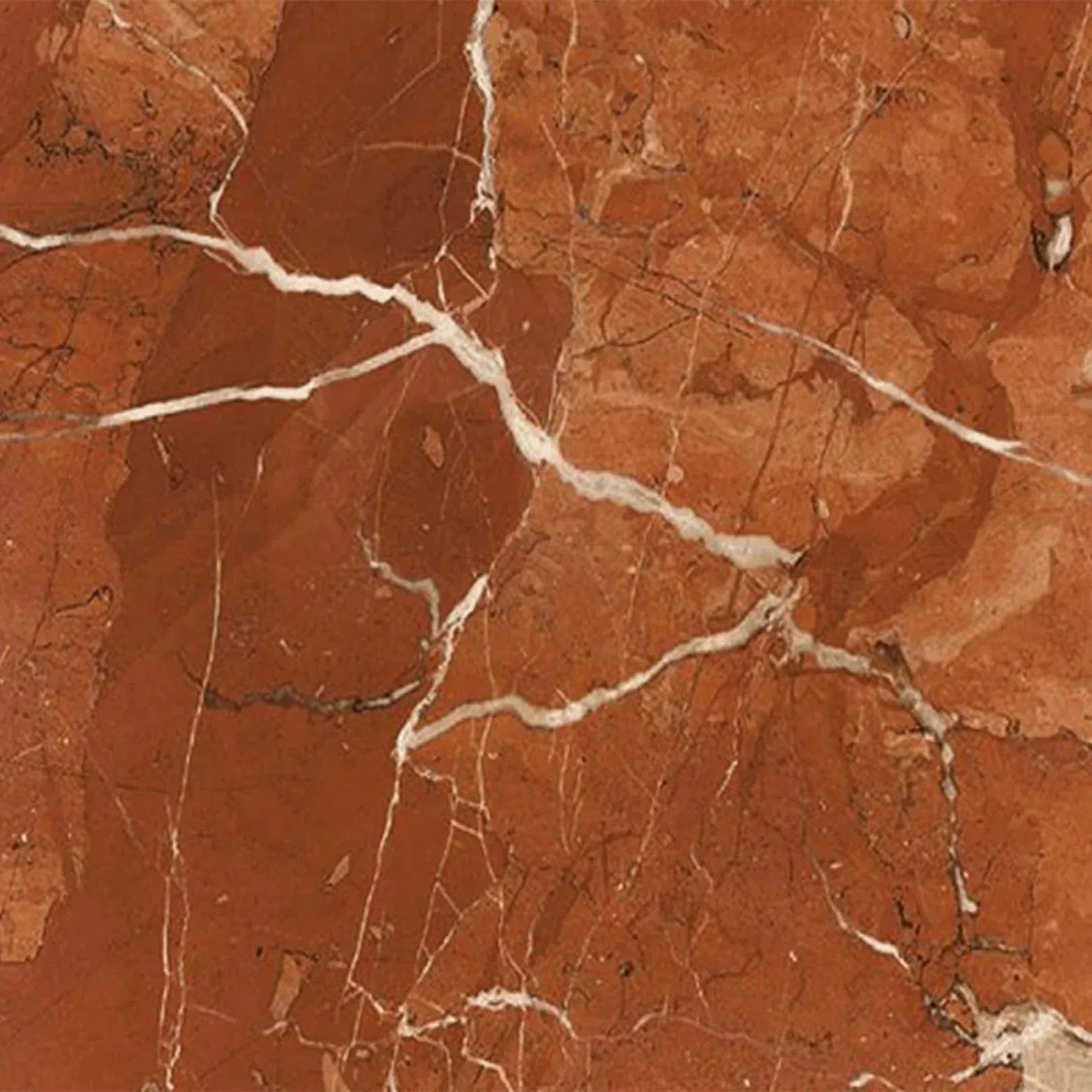 Rojo Alicante Marble
Rojo Alicante Marble Sahara Ember Marble
Sahara Ember Marble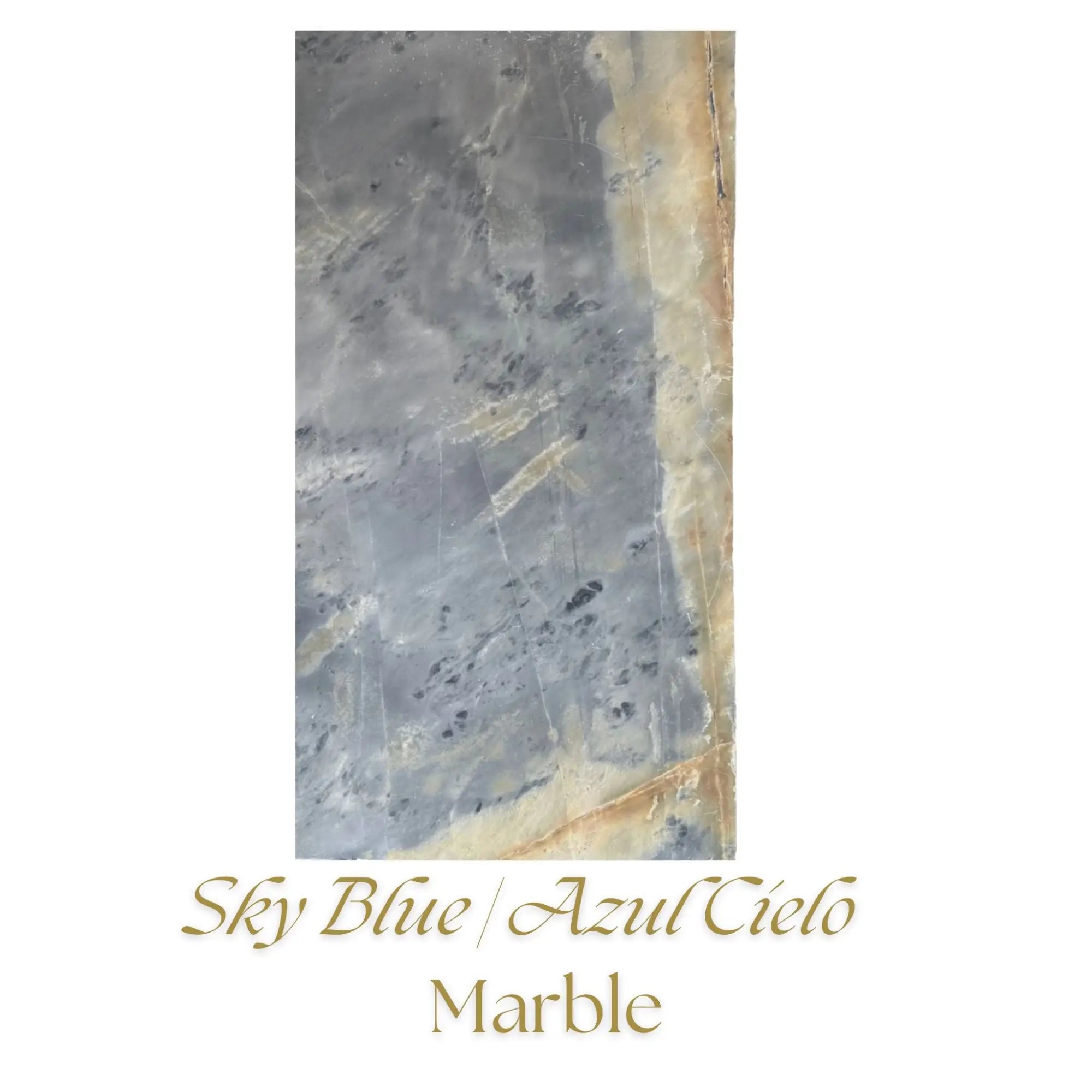 Sky Blue | Azul Cielo Marble
Sky Blue | Azul Cielo Marble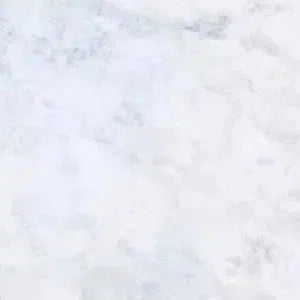 Snow White (Afyon White) Marble
Snow White (Afyon White) Marble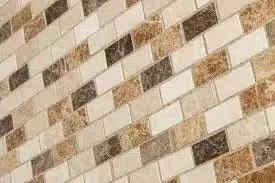 Spanish Mix Marble
Spanish Mix Marble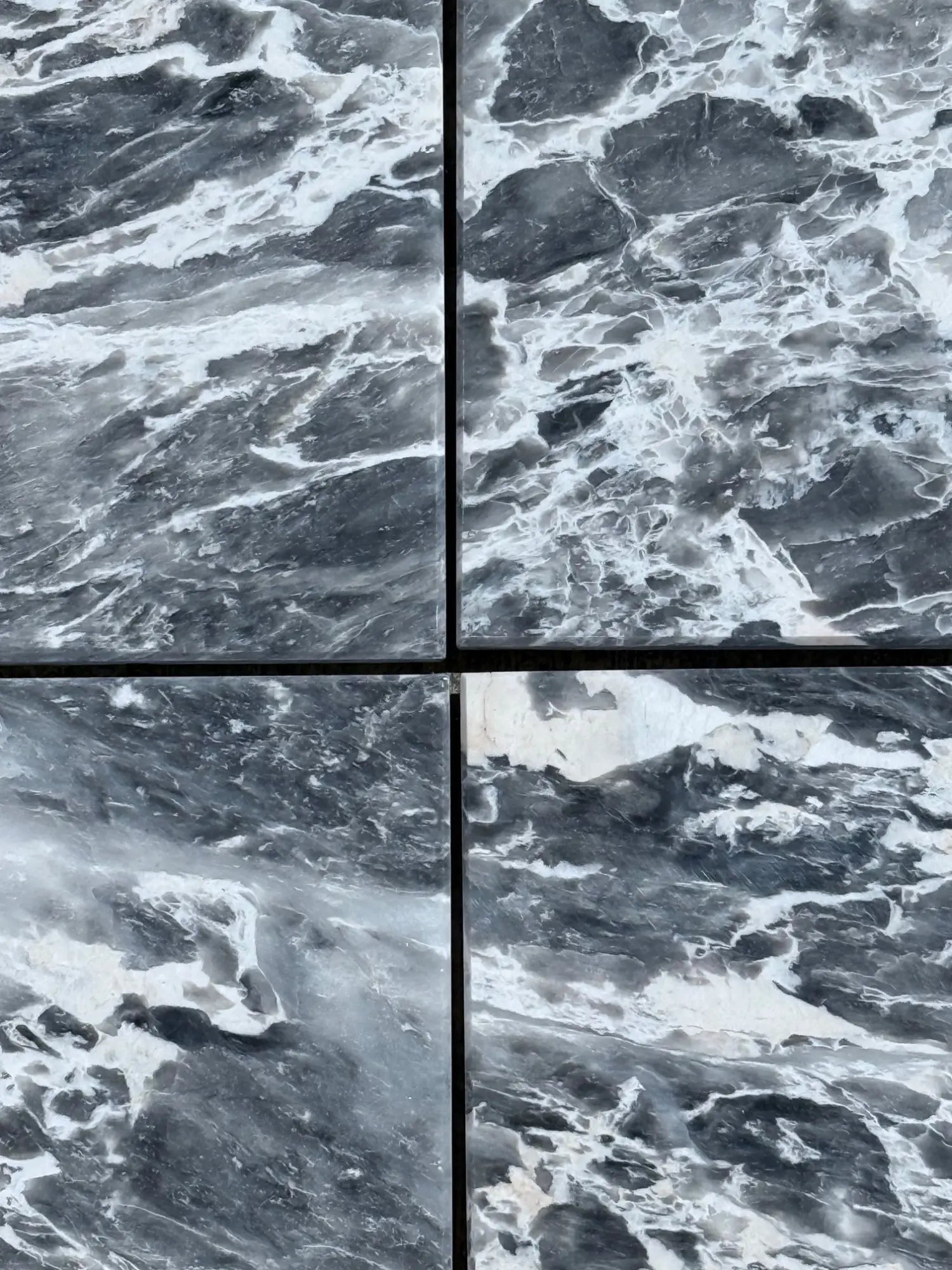 Storm Gray Marble
Storm Gray Marble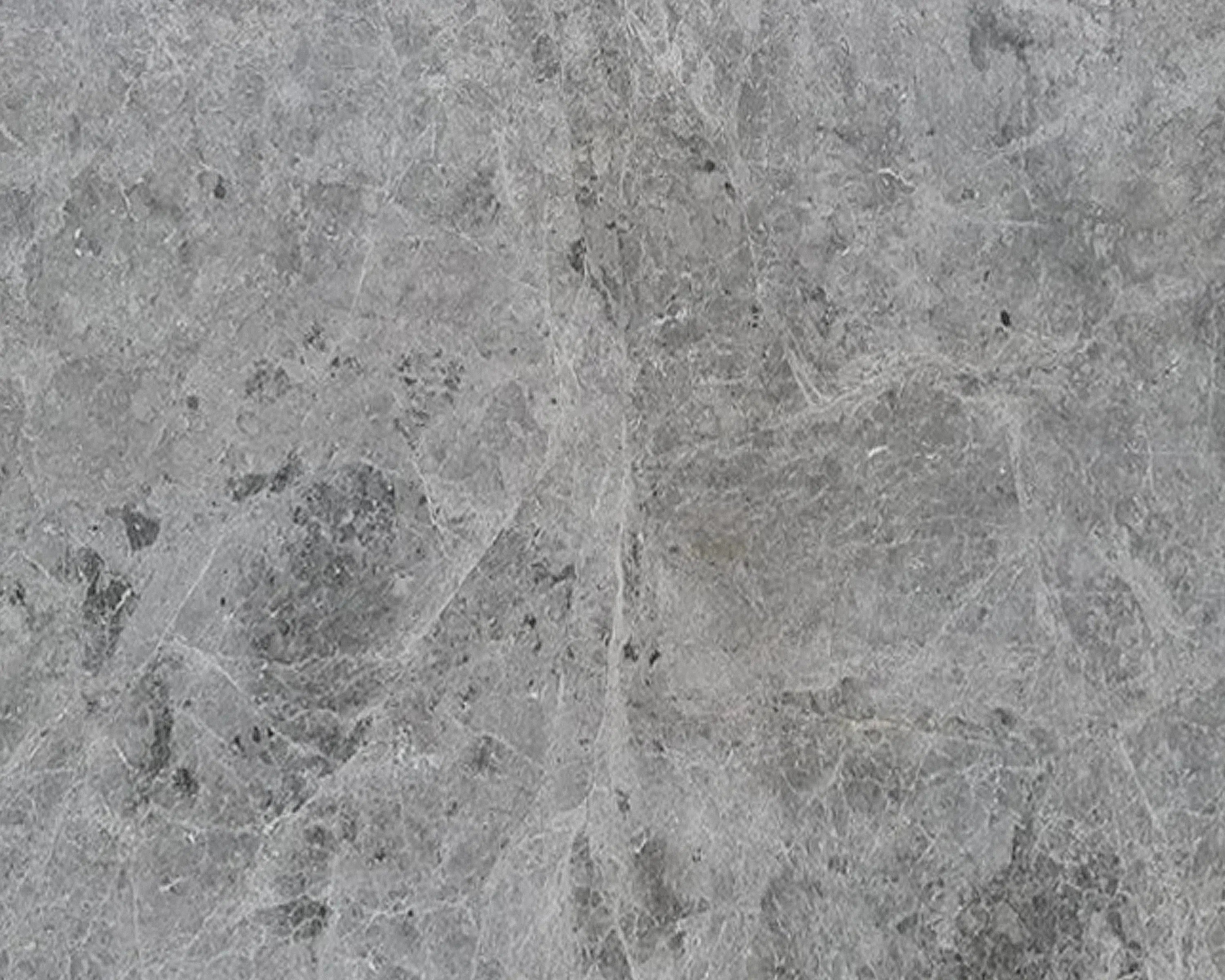 Tundra Gray (Atlantic Gray) Marble
Tundra Gray (Atlantic Gray) Marble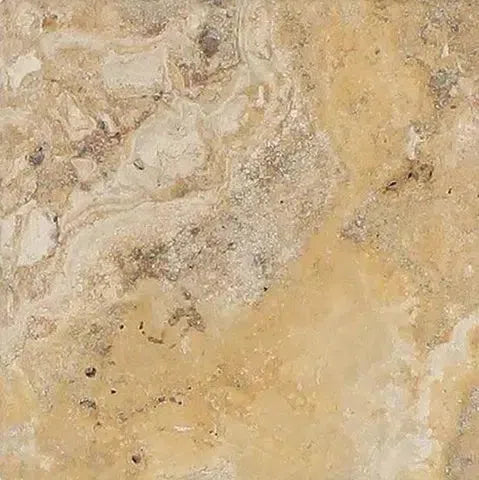 Valencia Travertine
Valencia Travertine Valerenga Travertine
Valerenga Travertine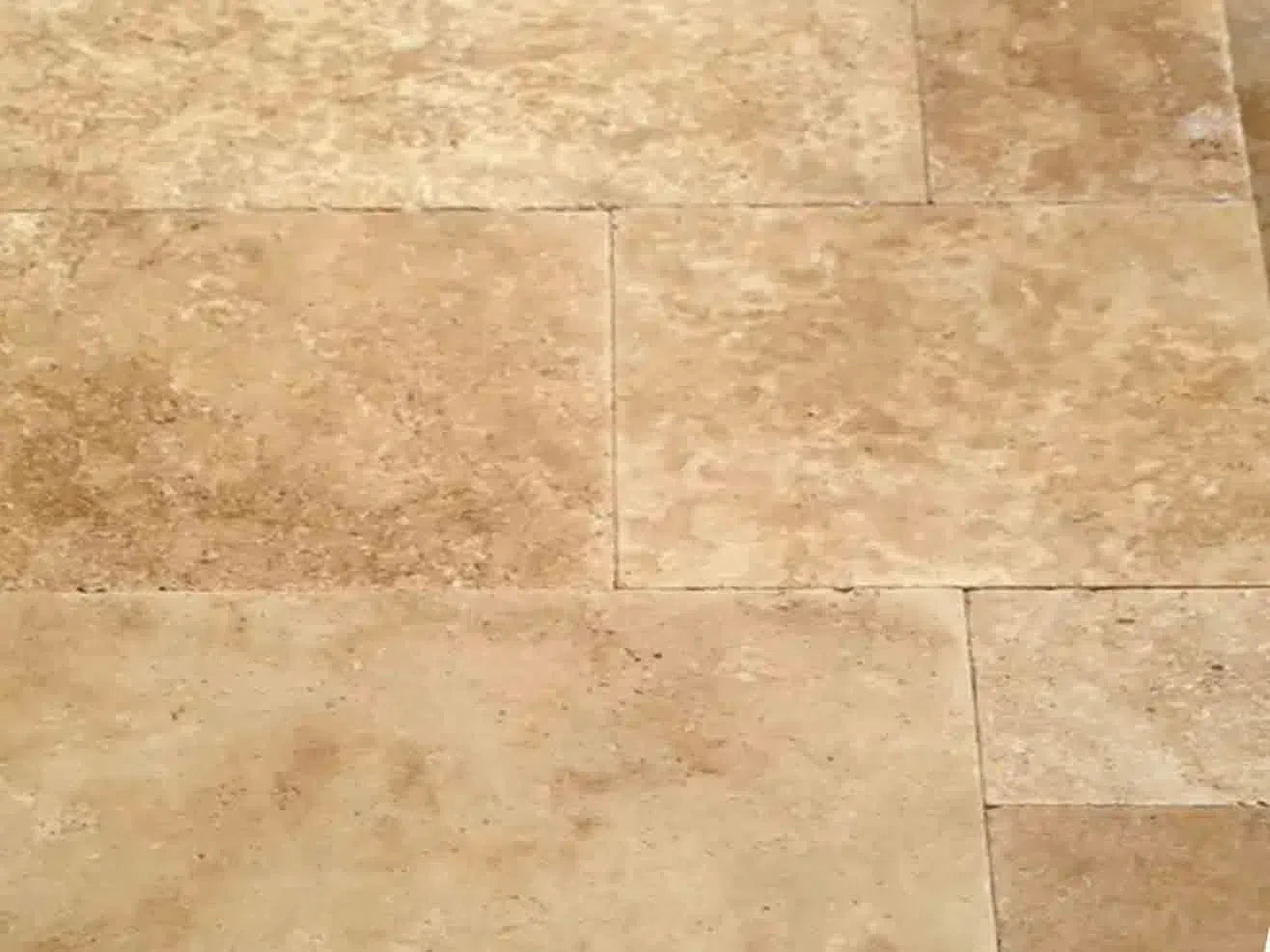 Walnut Travertine
Walnut Travertine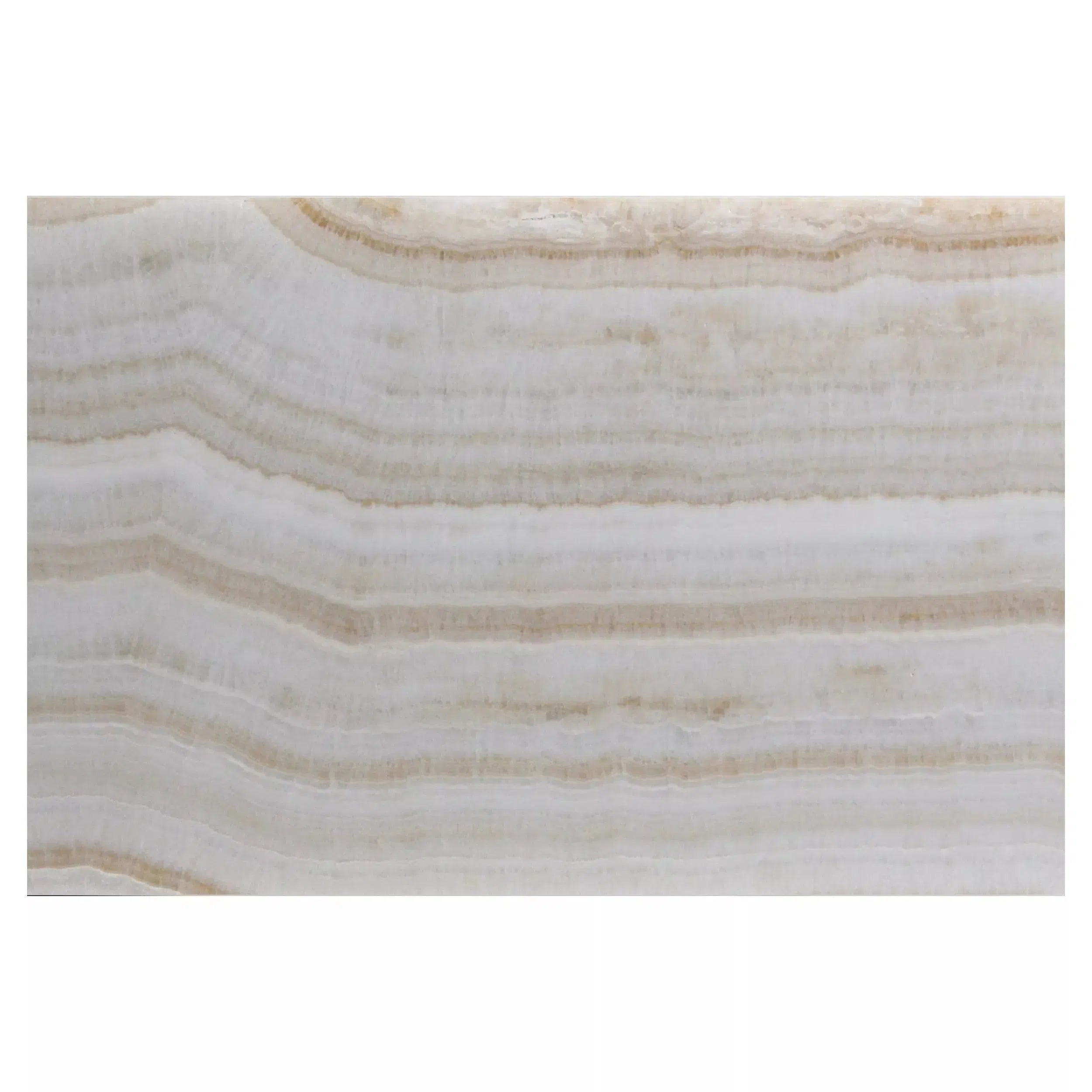 White Onyx Marble
White Onyx Marble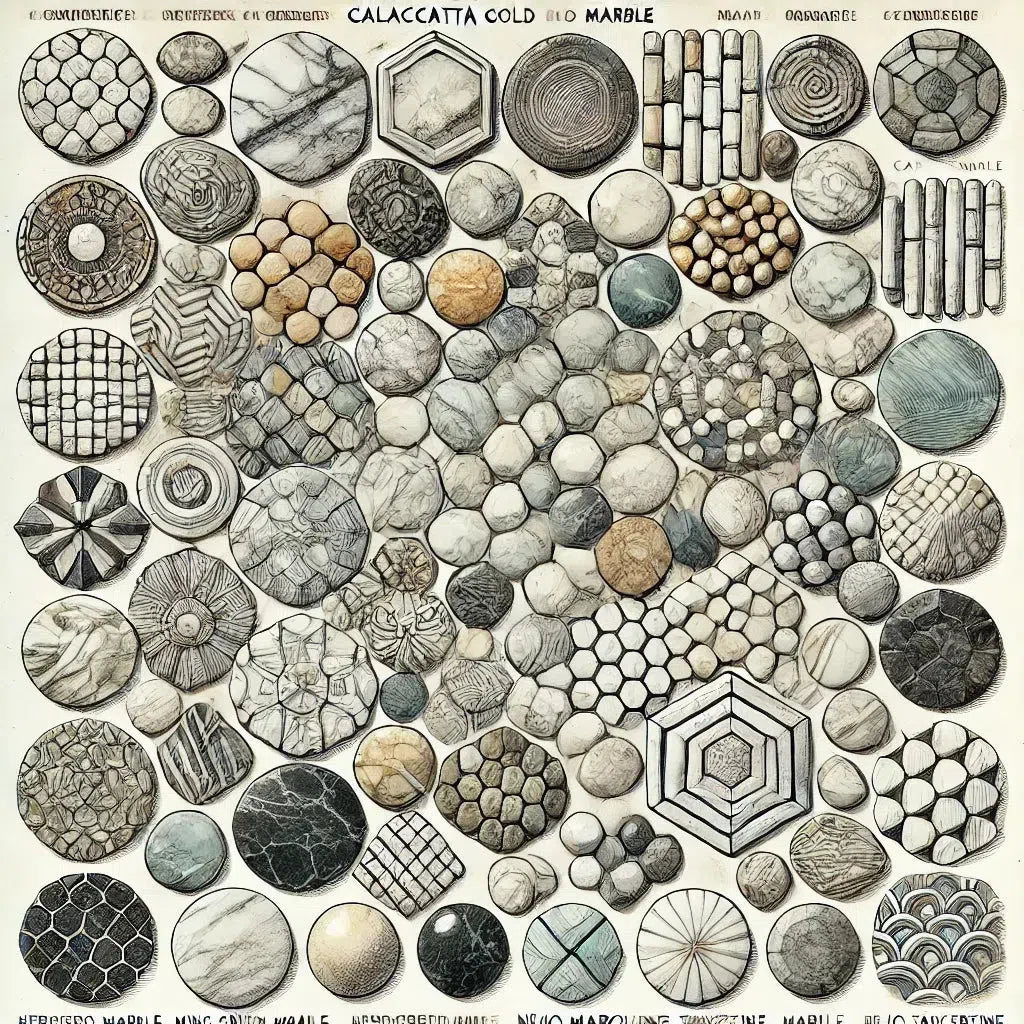 Shop By Type
Shop By Type
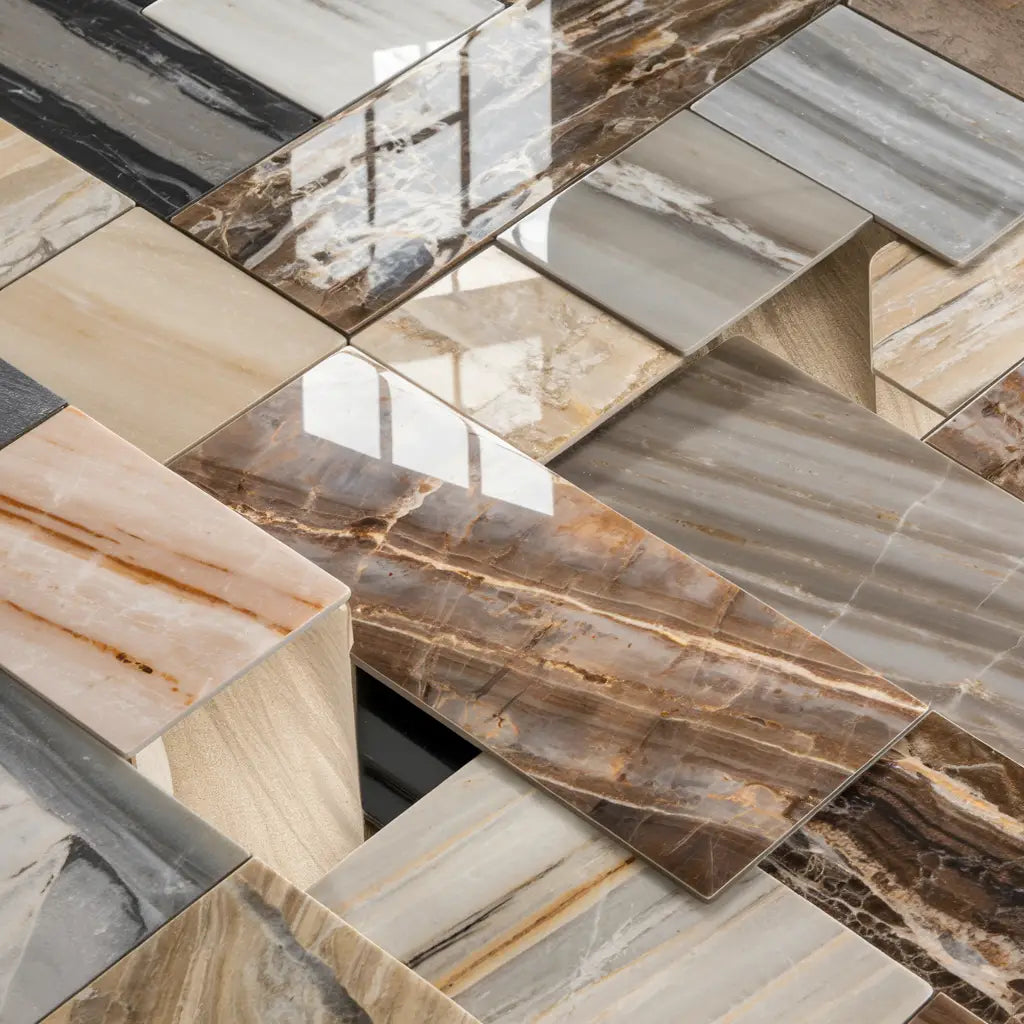 Marble Tiles
Marble Tiles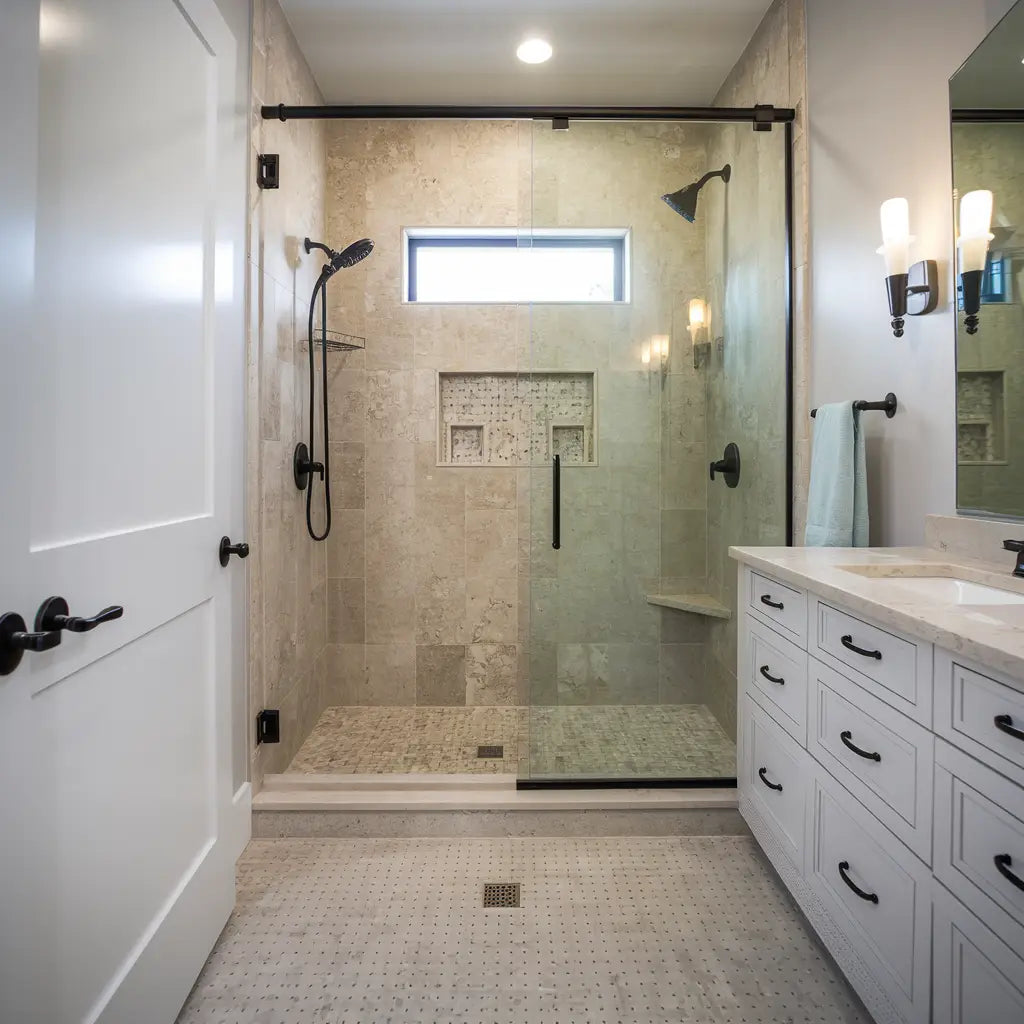 Marble Mosaic
Marble Mosaic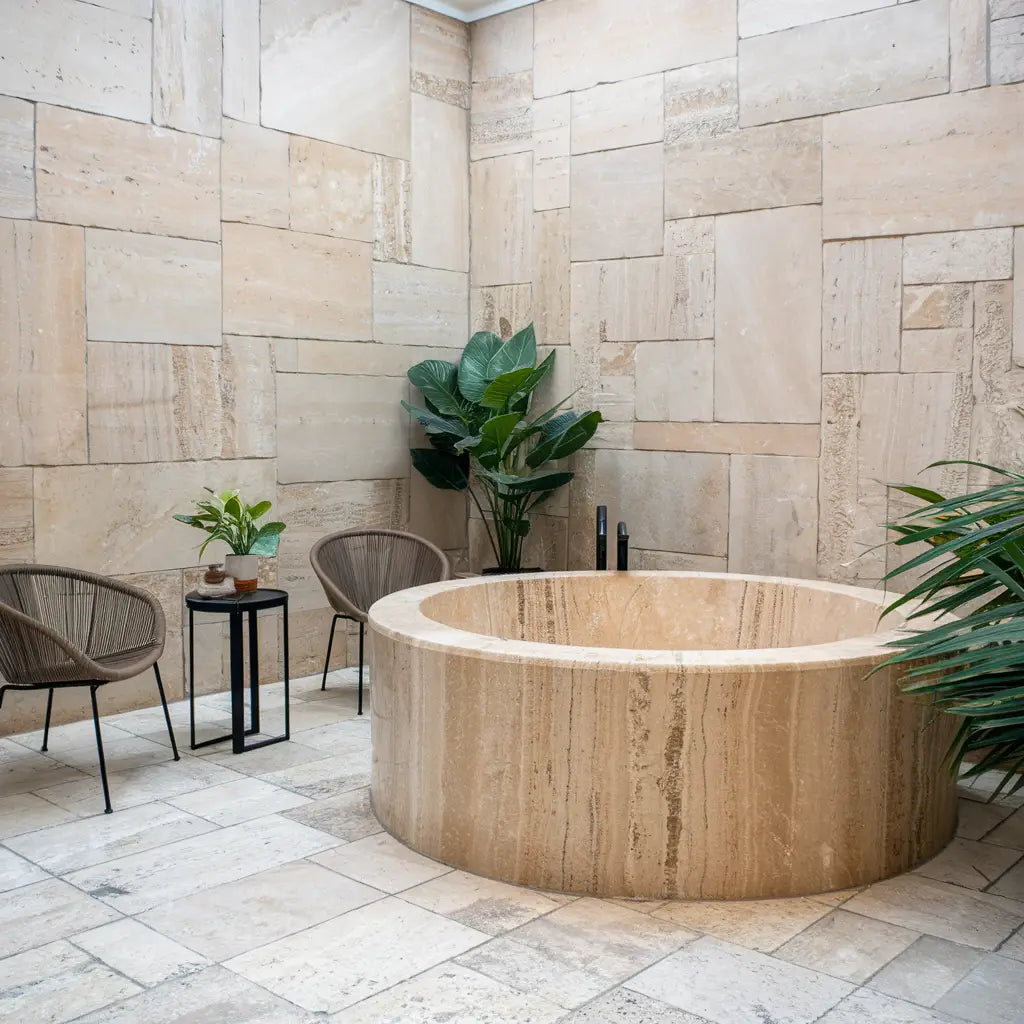 Travertine Tiles
Travertine Tiles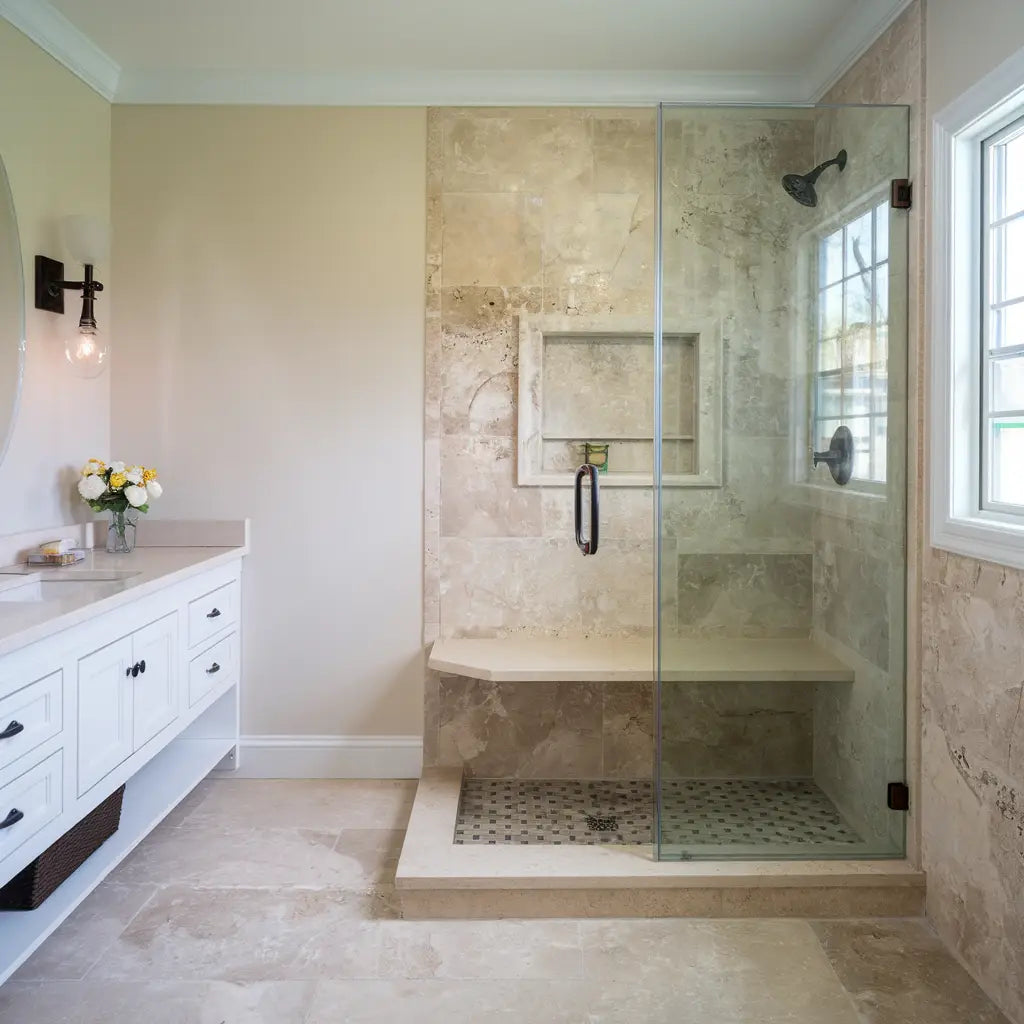 Travertine Mosaic
Travertine Mosaic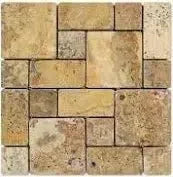 4 pcs Versailles Pattern / French Pattern Set
4 pcs Versailles Pattern / French Pattern Set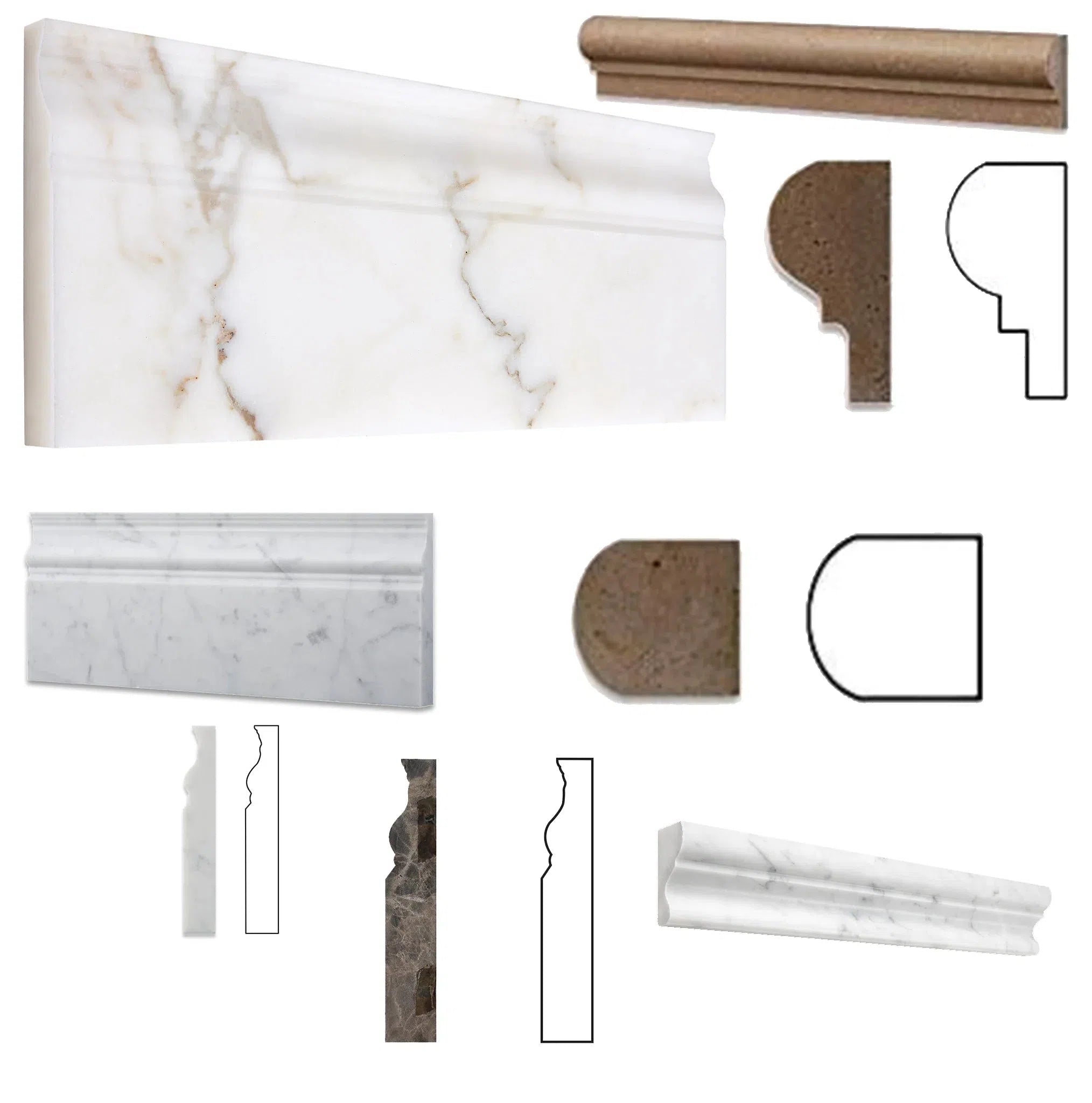 Molding/Trim
Molding/Trim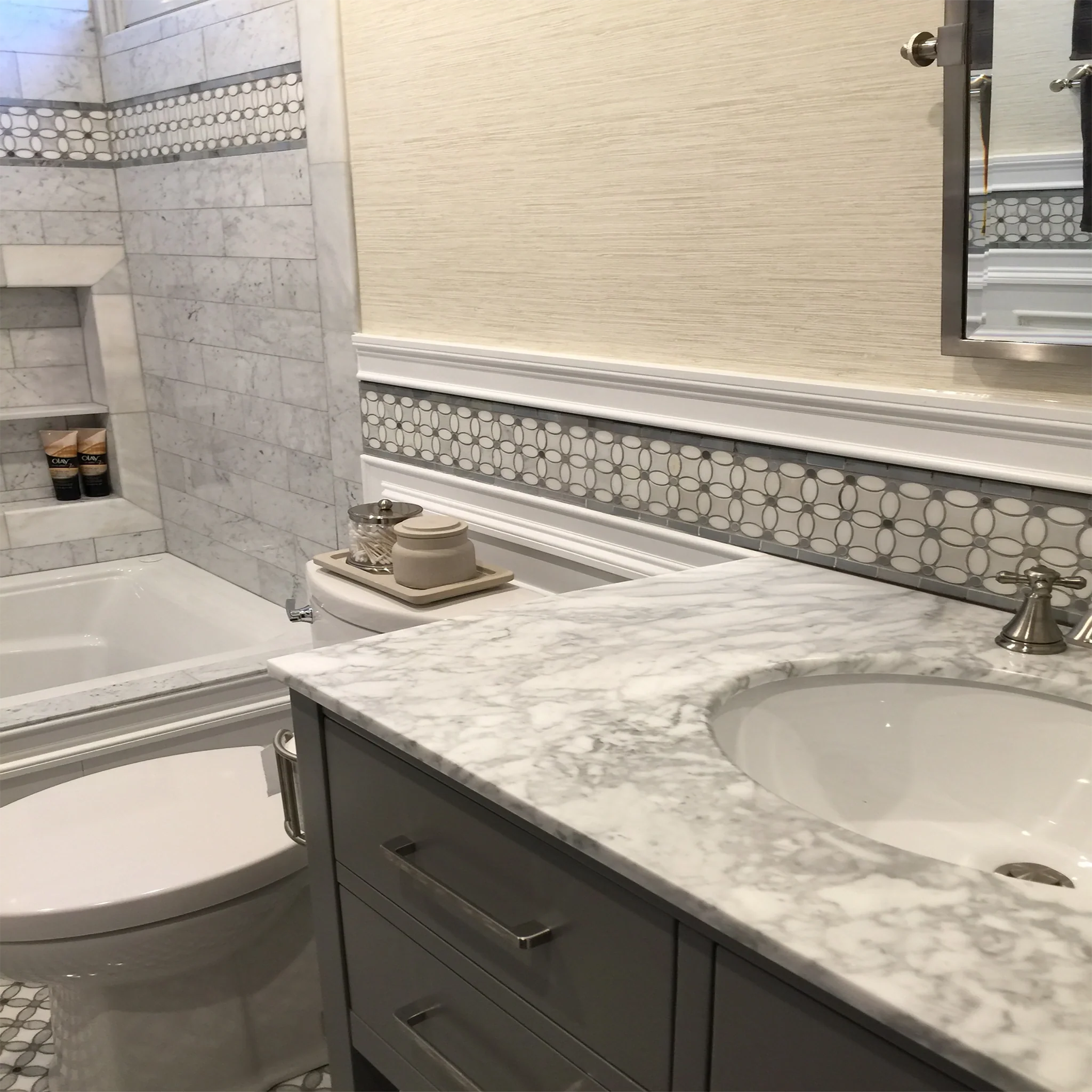 Border/Listello
Border/Listello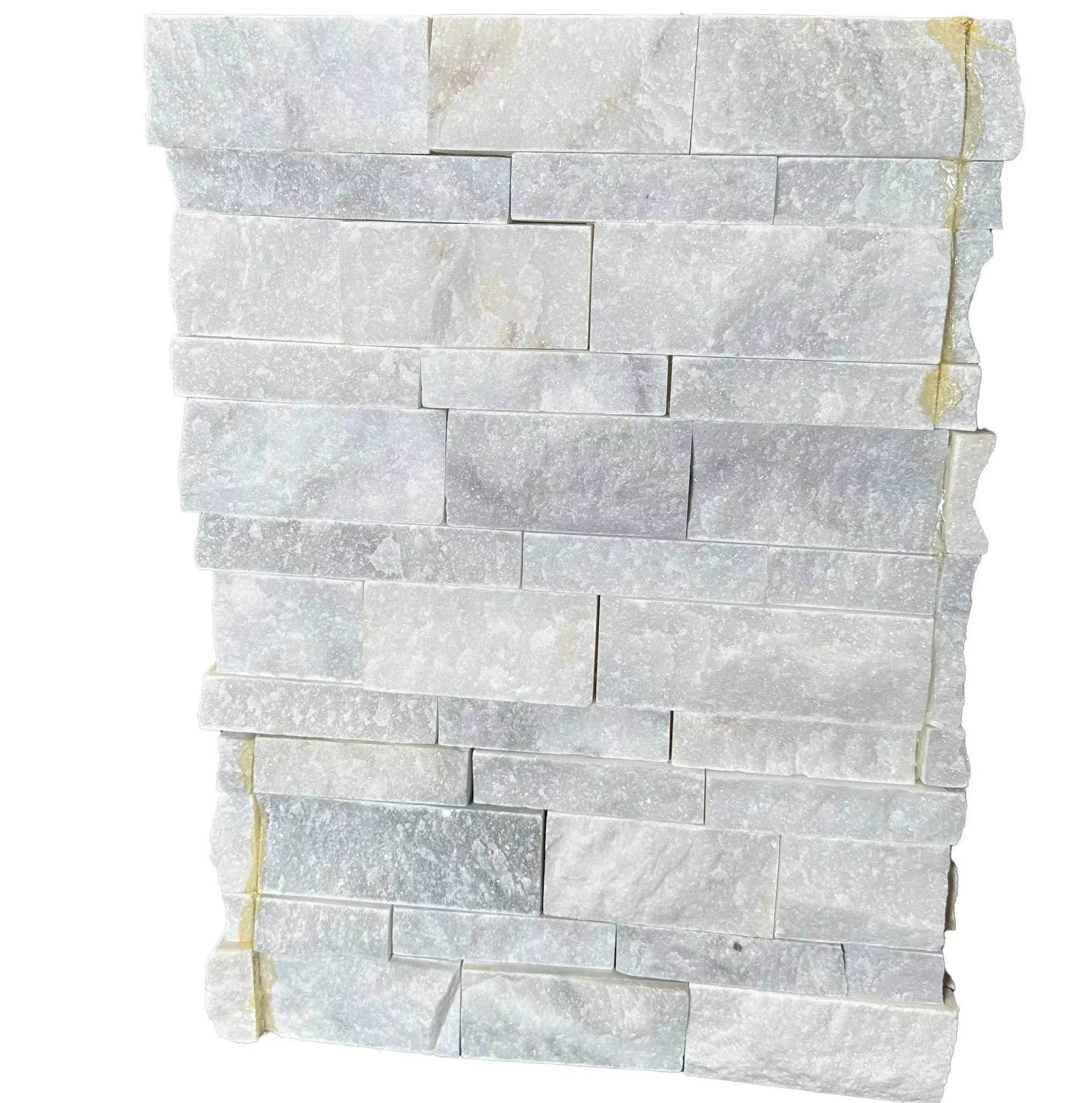 Ledger-Panel
Ledger-Panel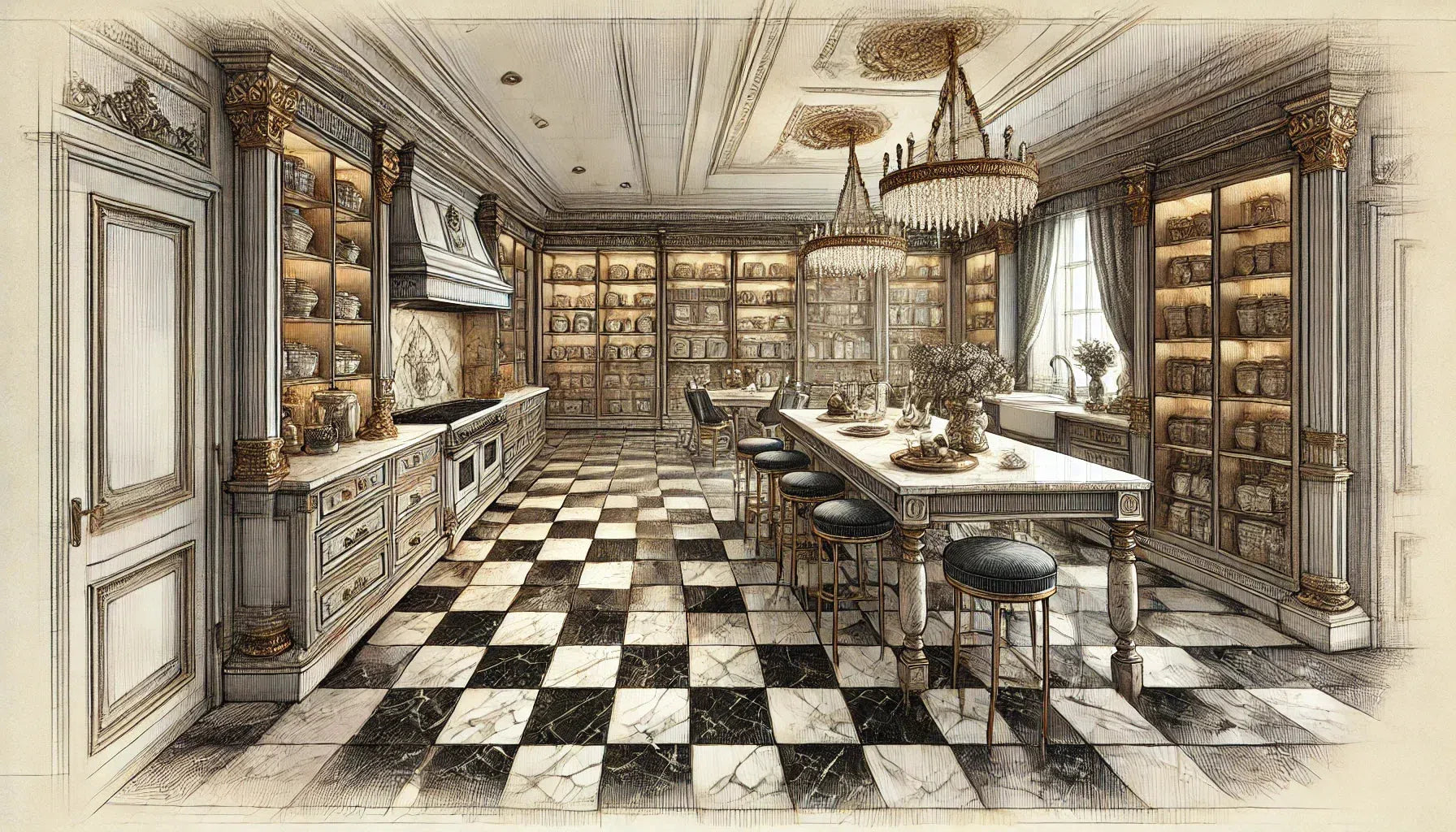 Checkerboard
Checkerboard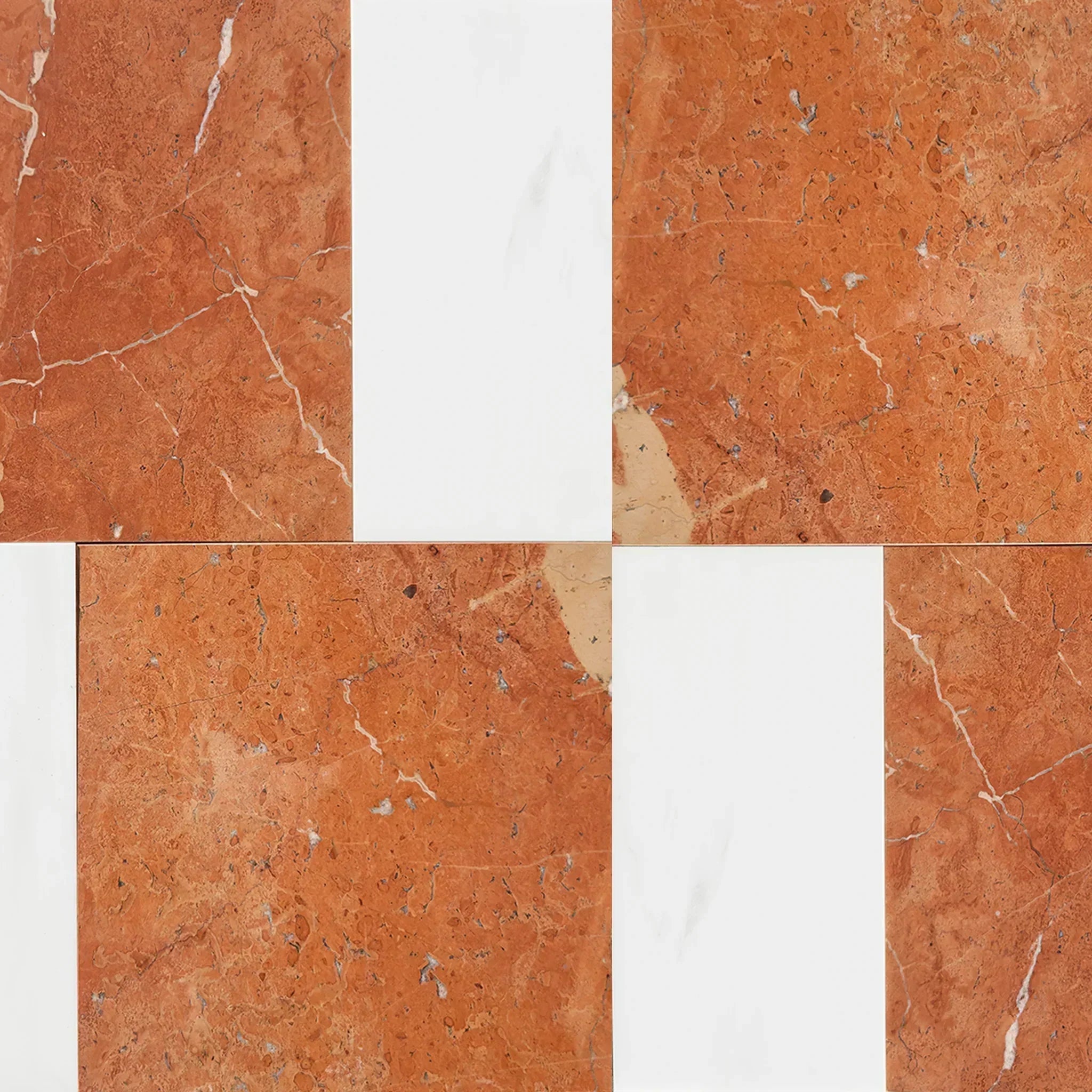 Patterned Tile Collection
Patterned Tile Collection 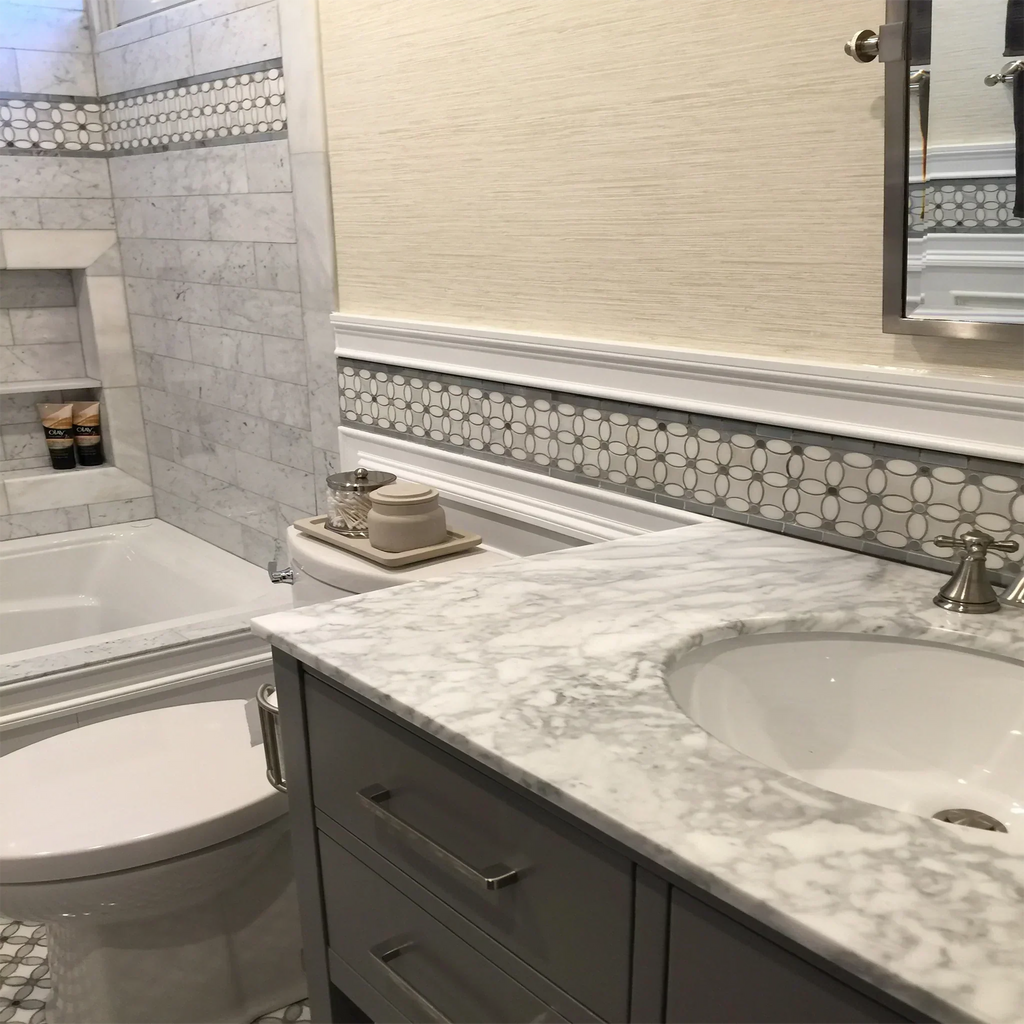 Shop By Finish
Shop By Finish
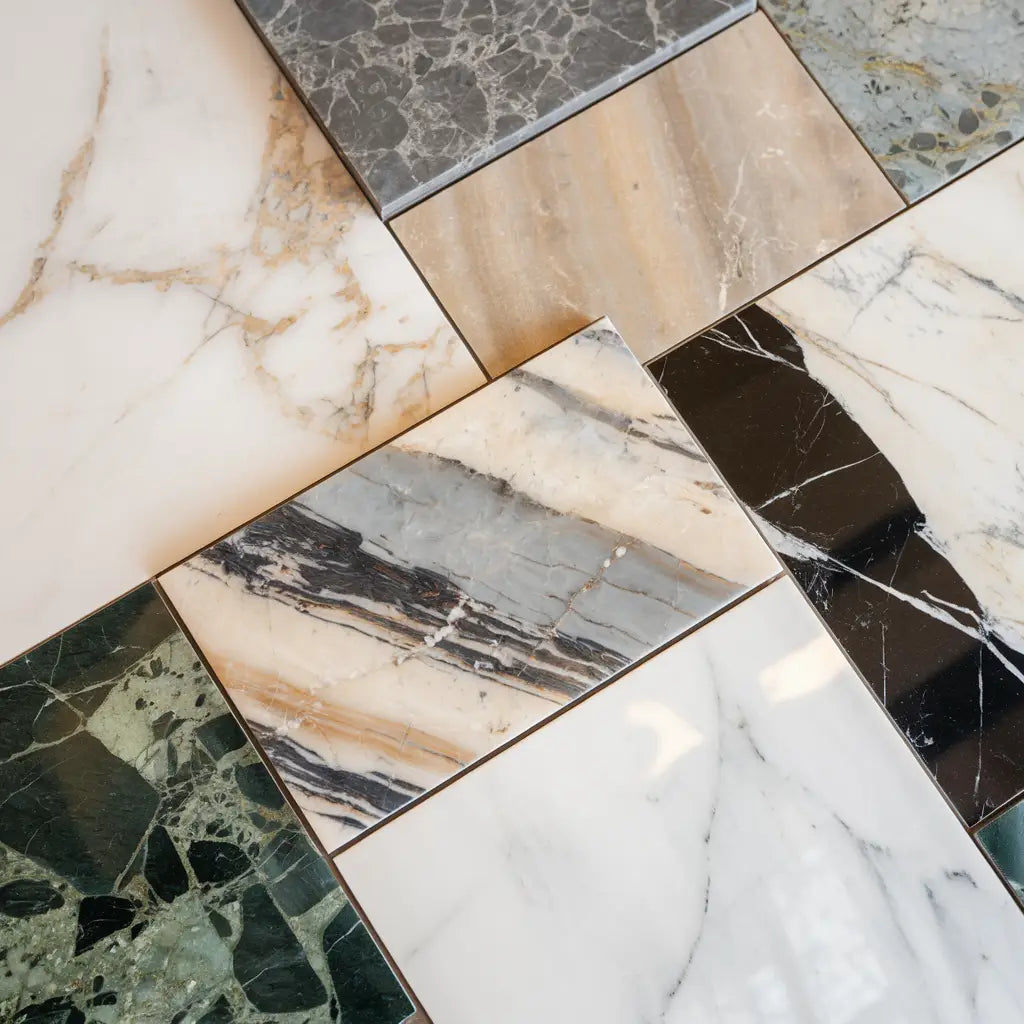 Polished
Polished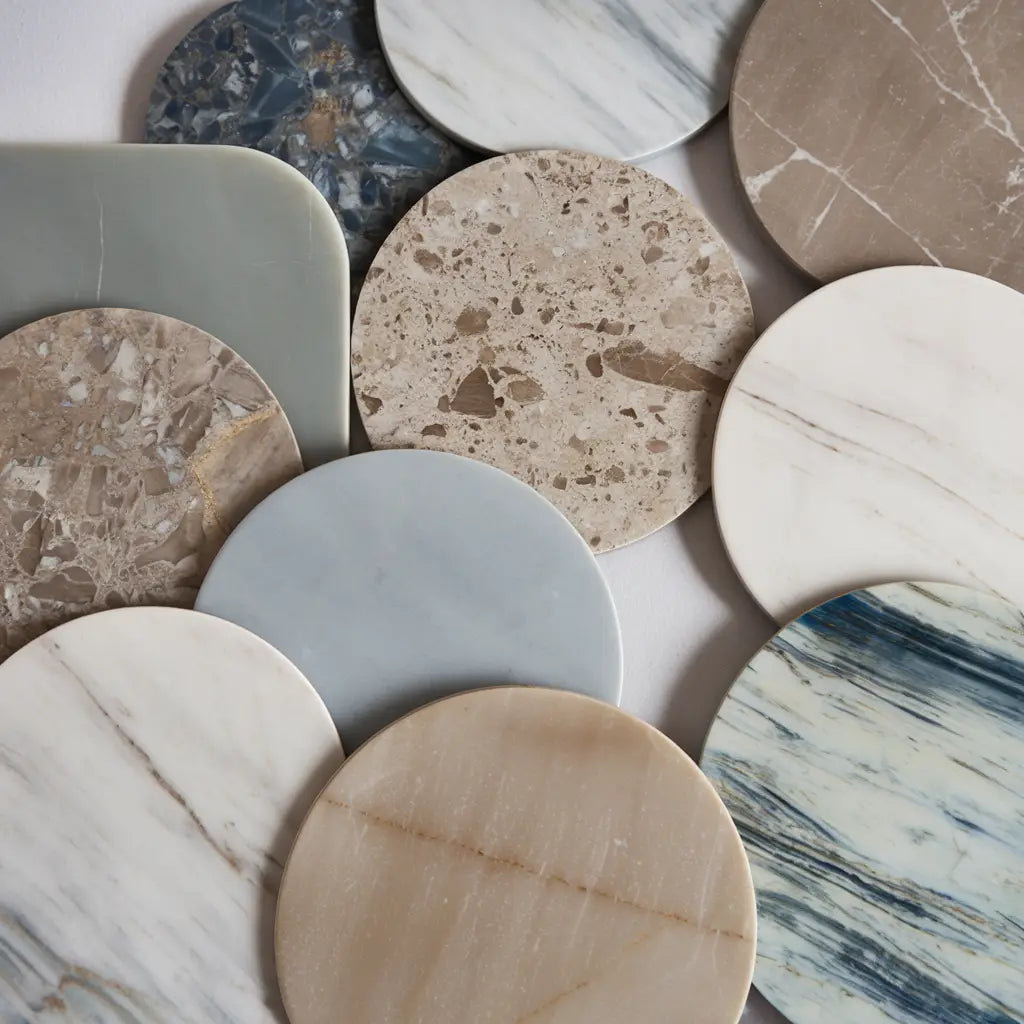 Honed
Honed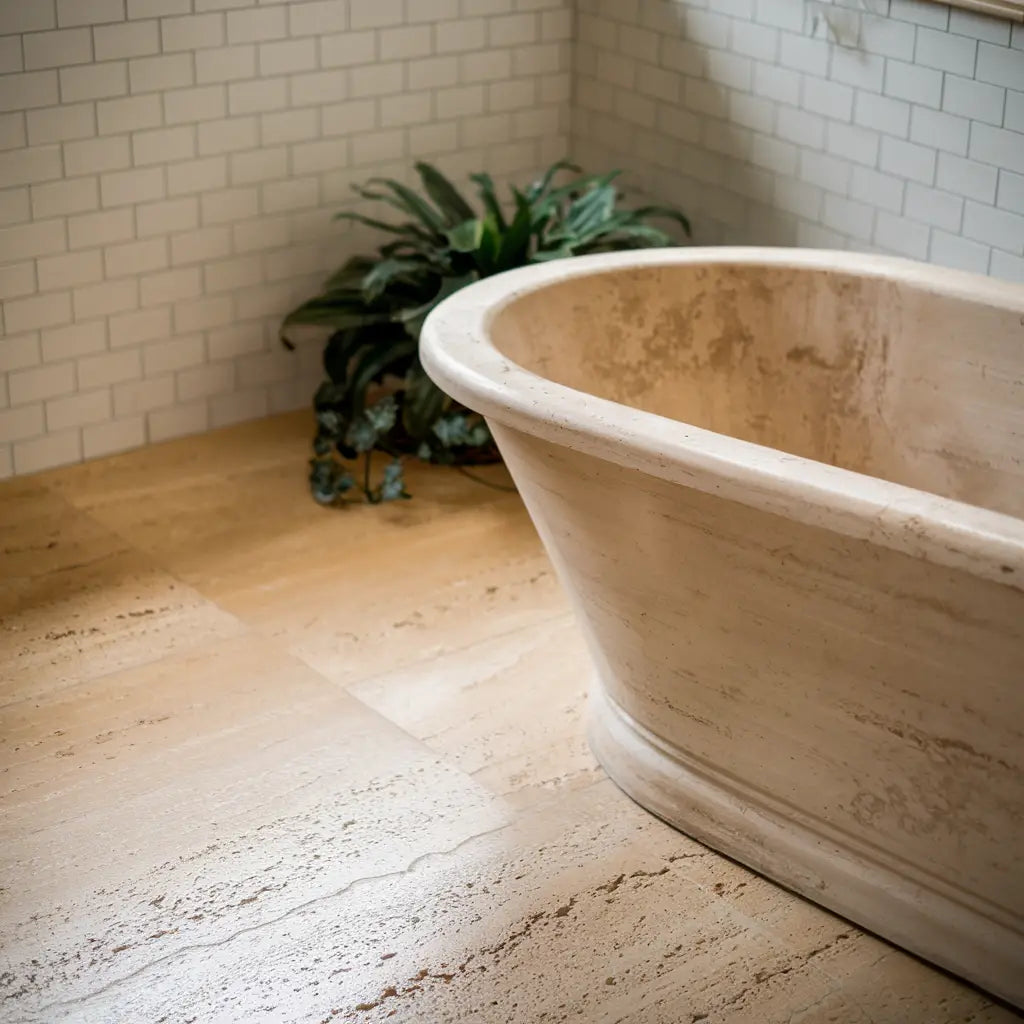 Brushed
Brushed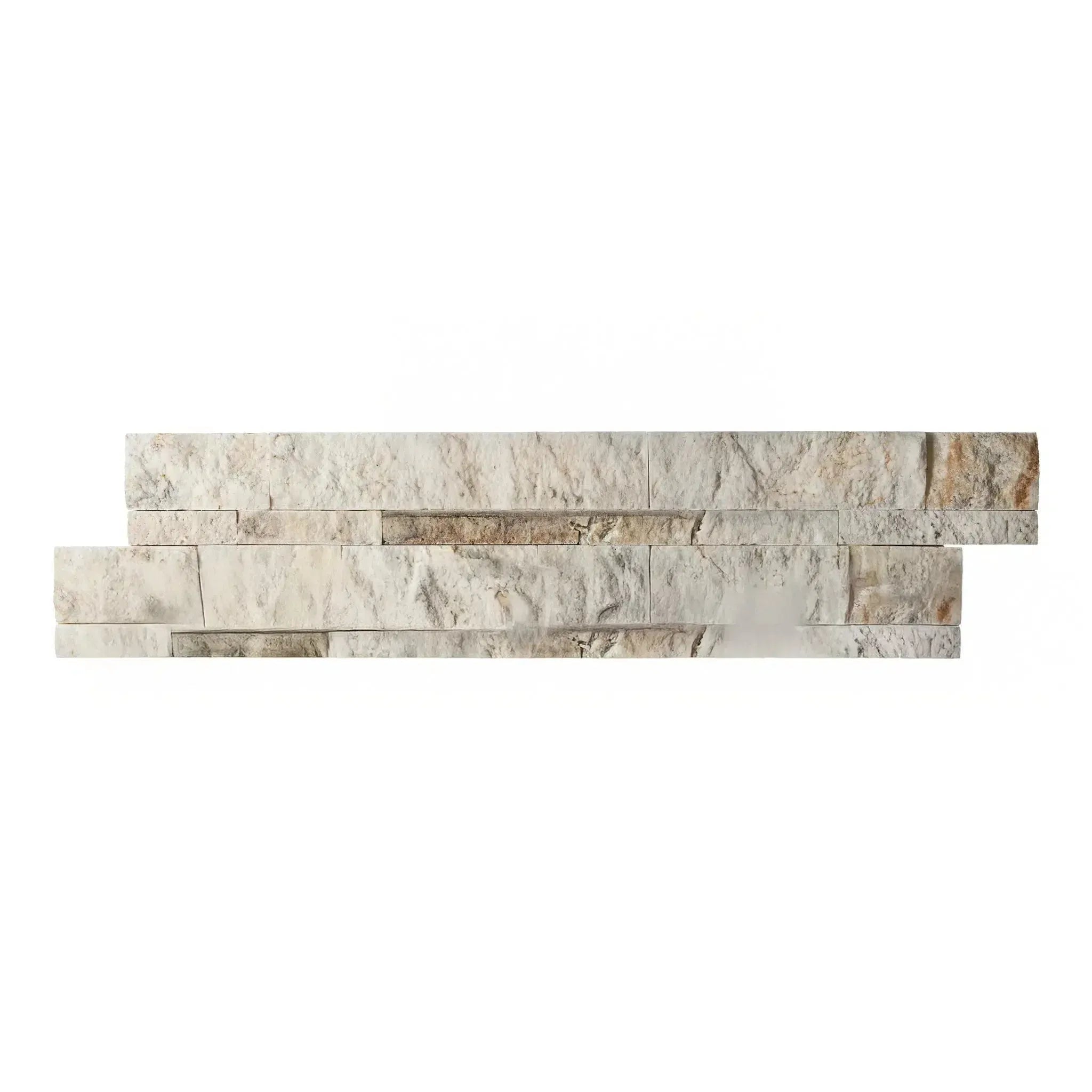 Split Face
Split Face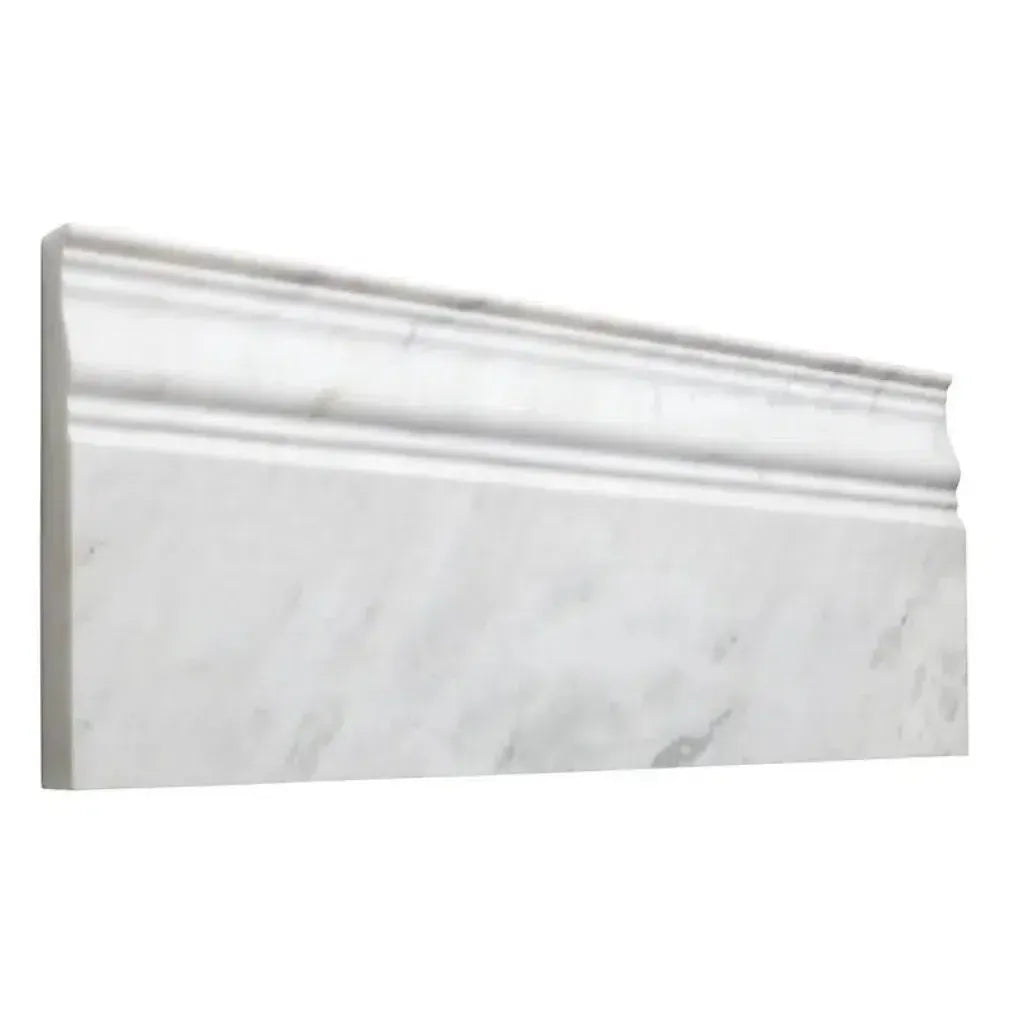 Textured
Textured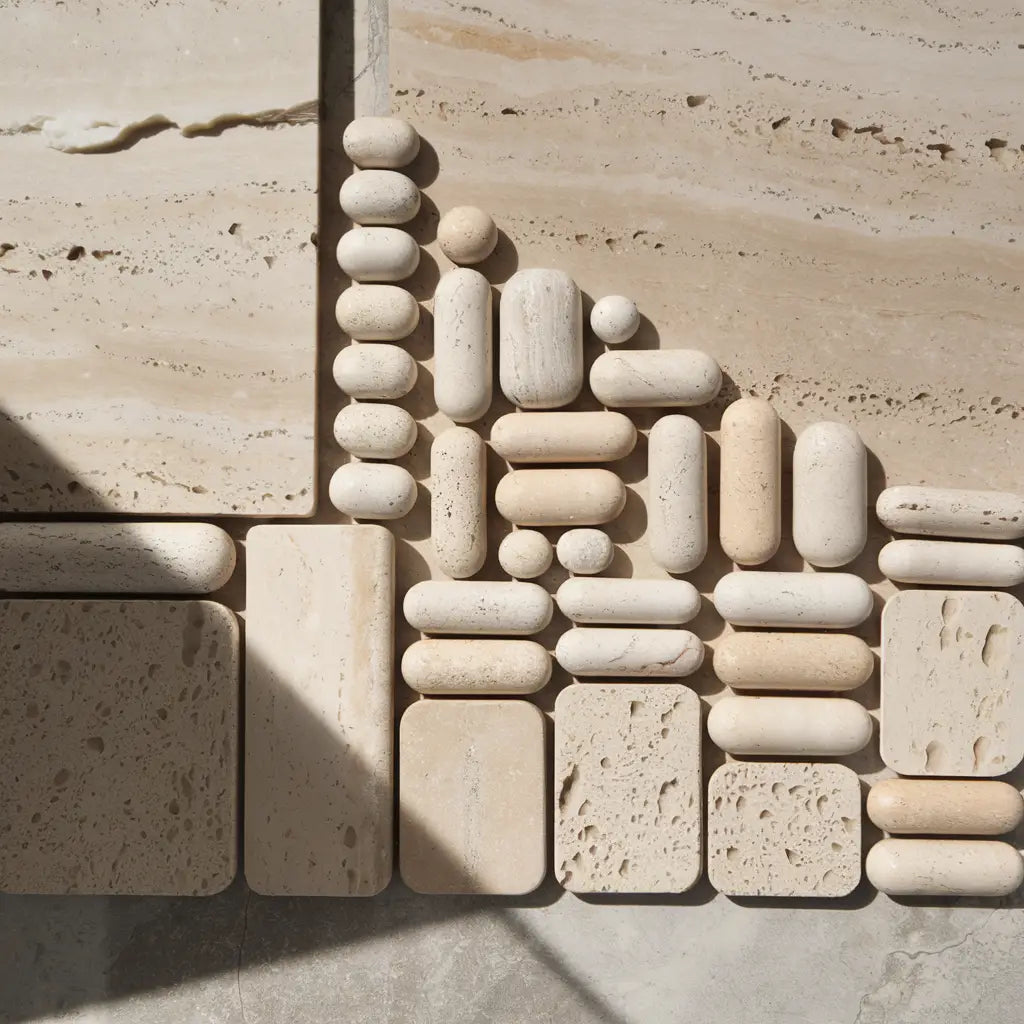 Tumbled
Tumbled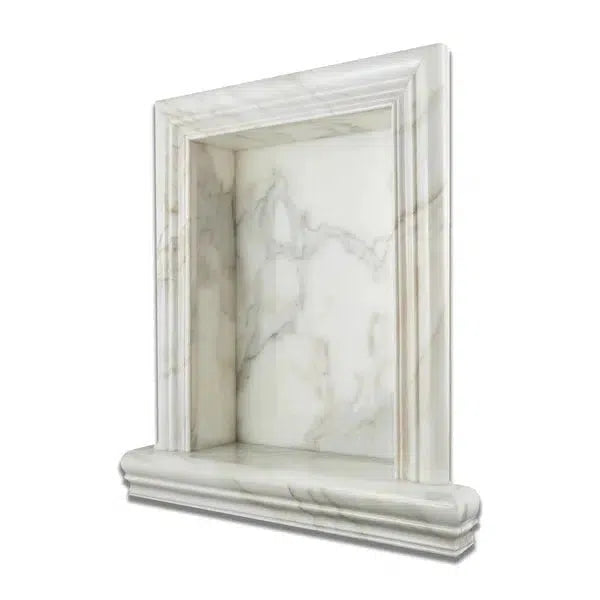 Accessories
Accessories
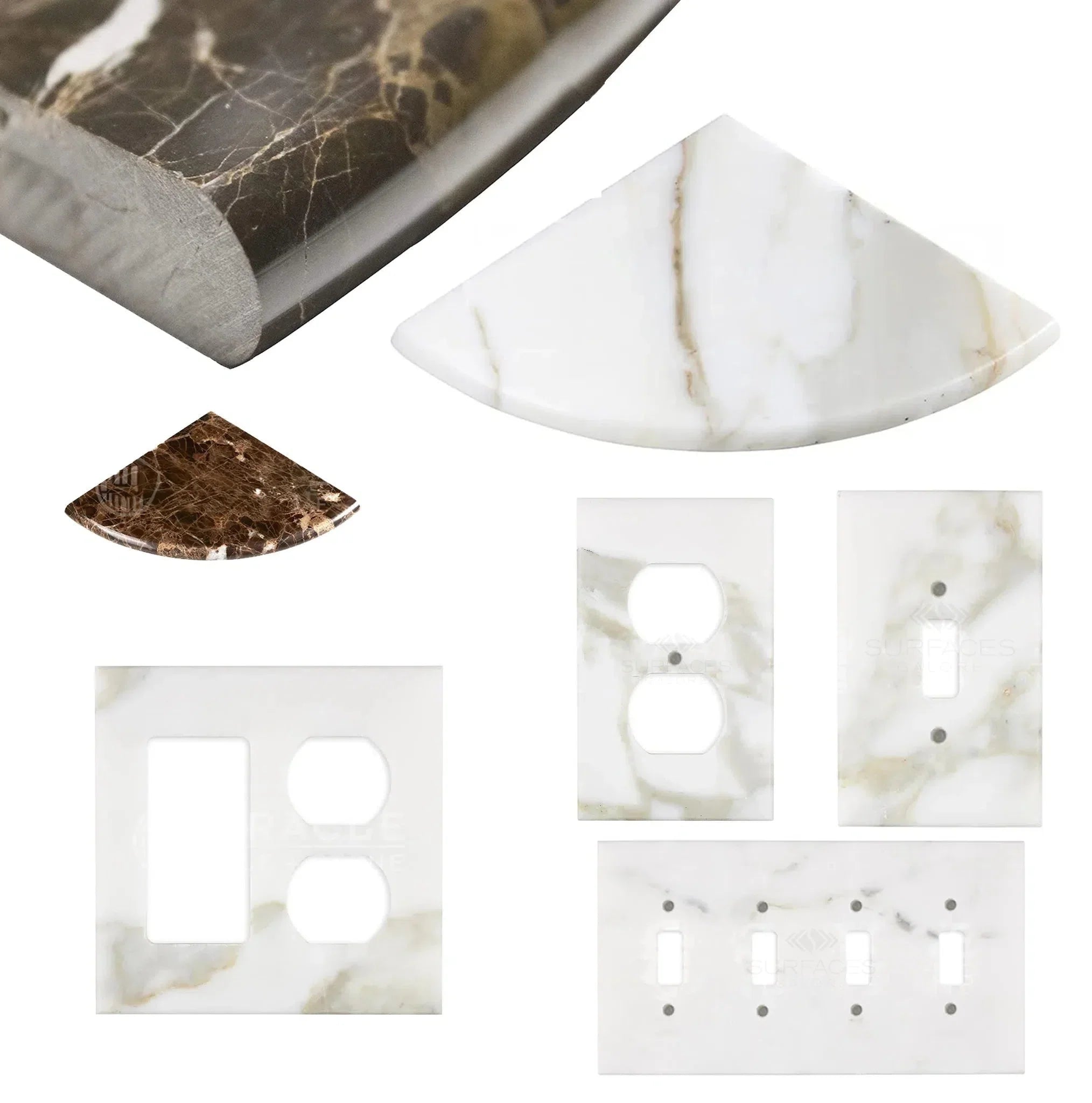 Wall Plate / Switch Plate
Wall Plate / Switch Plate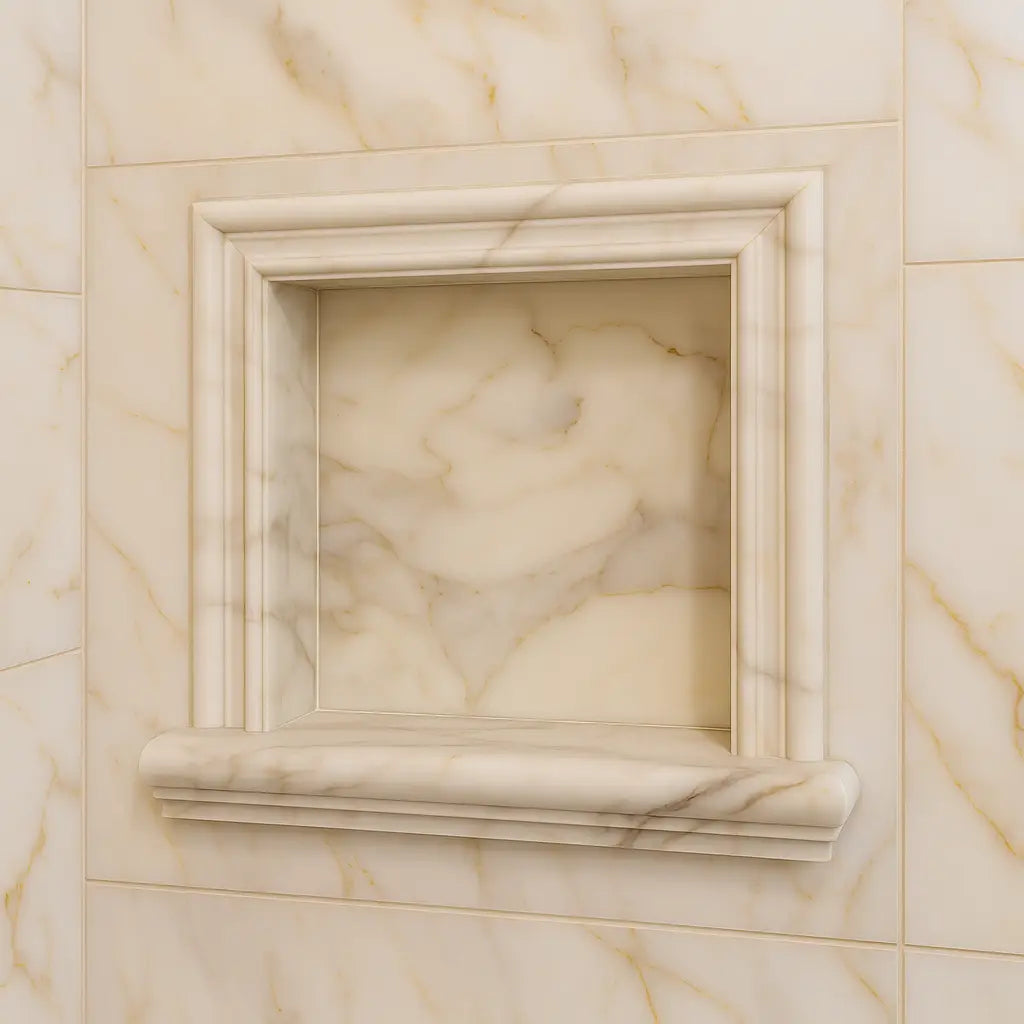 Shampoo Niche
Shampoo Niche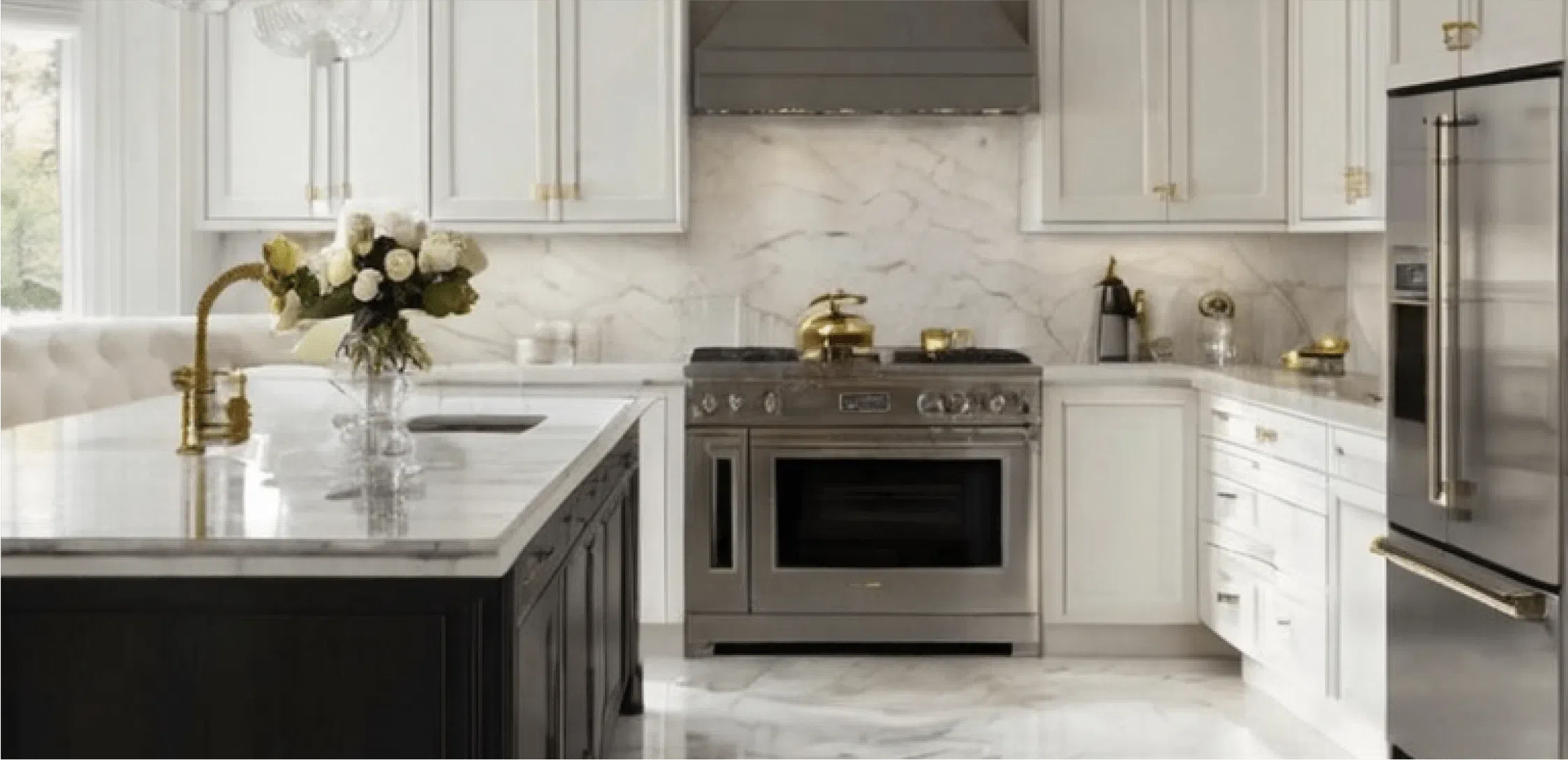 Corner Shelf
Corner Shelf Clearance
Clearance





Leave a comment